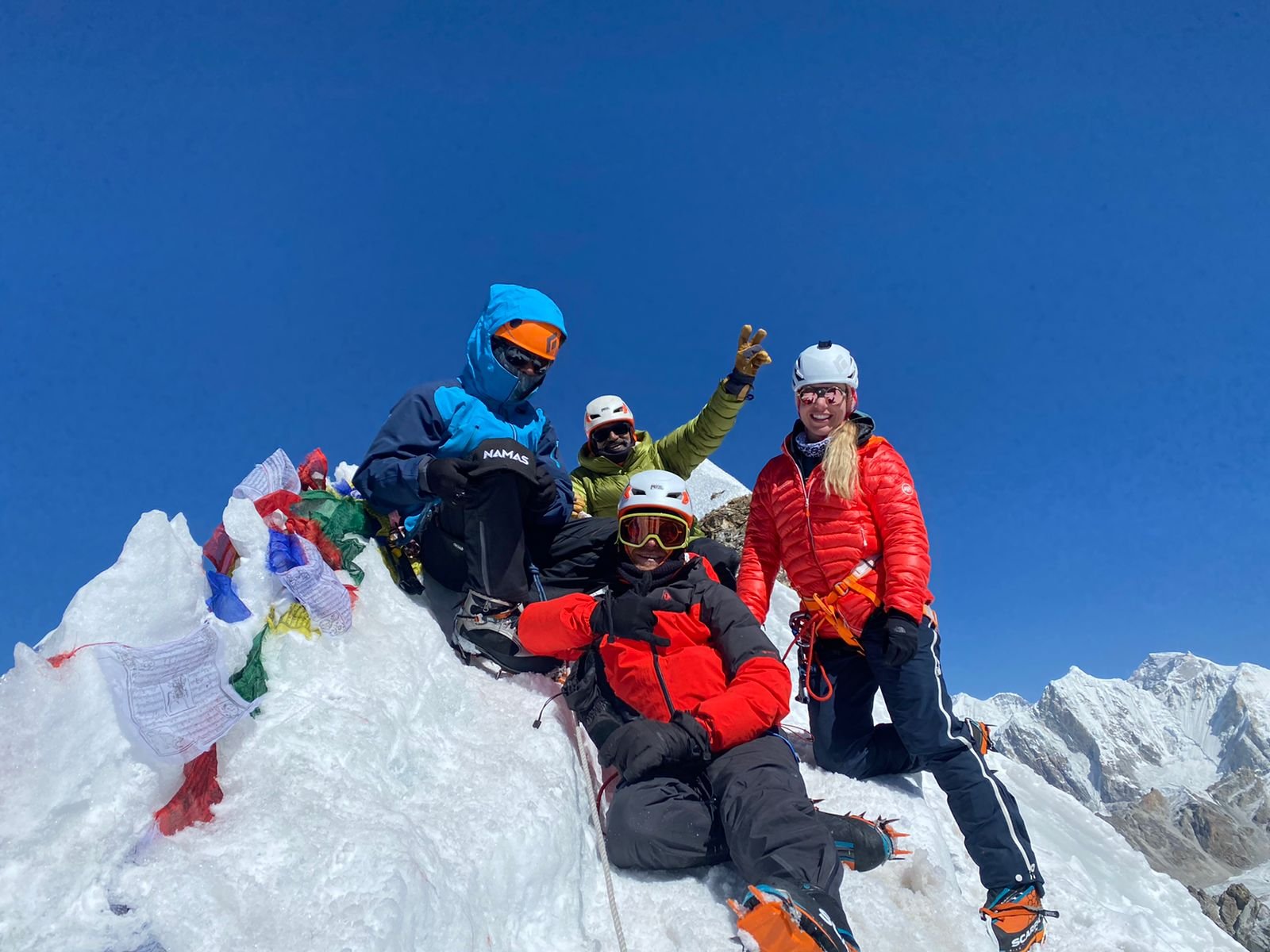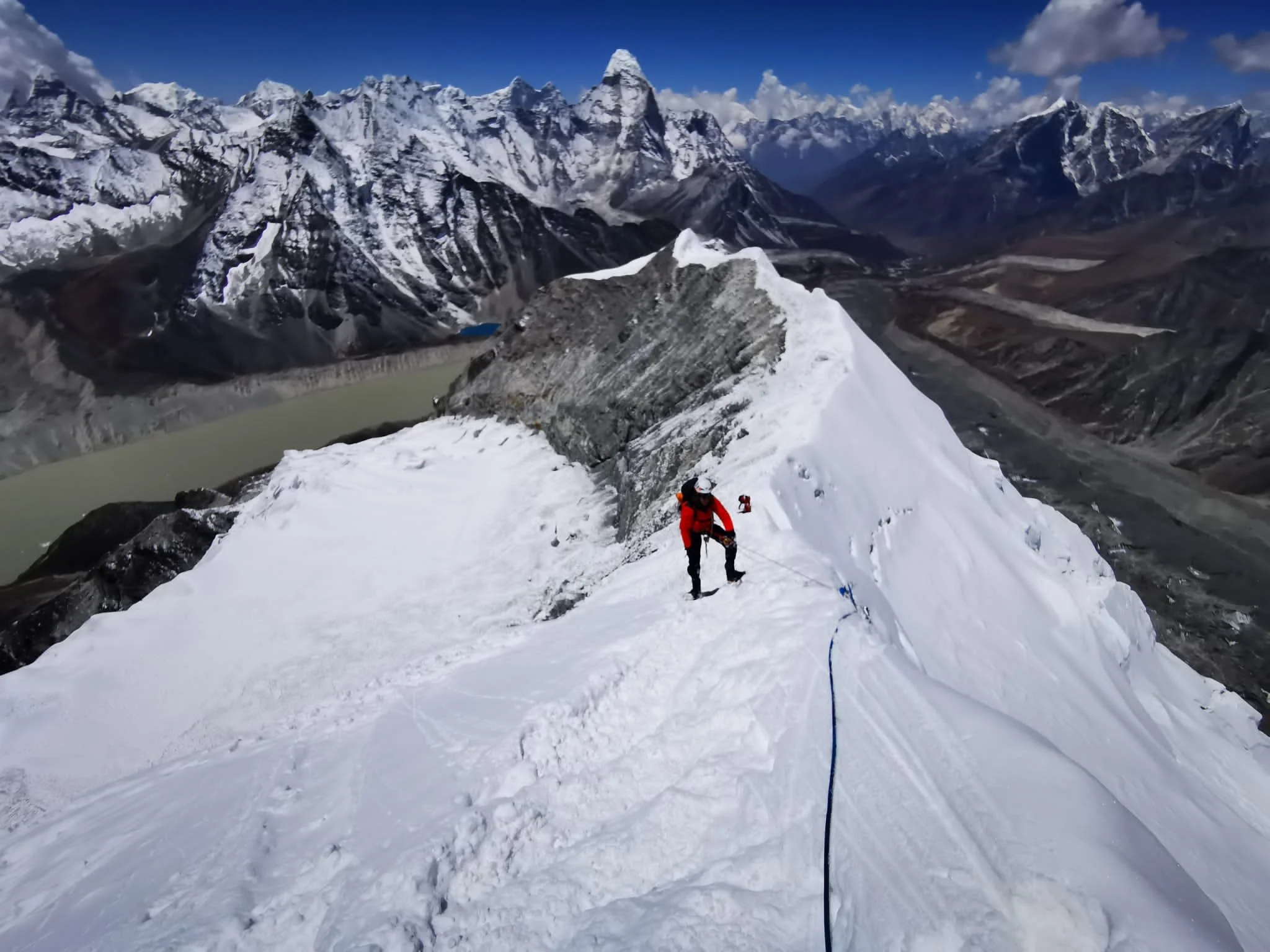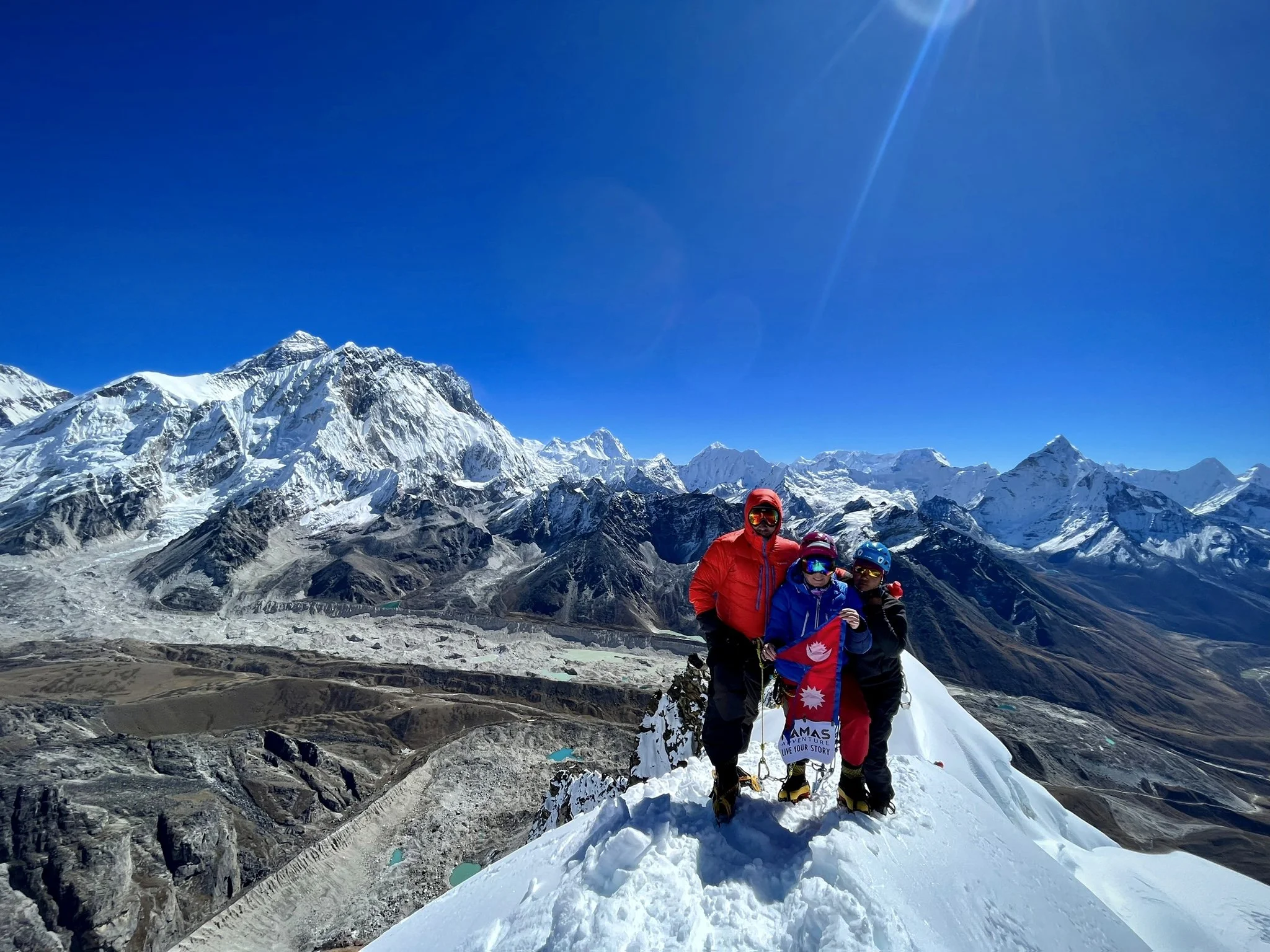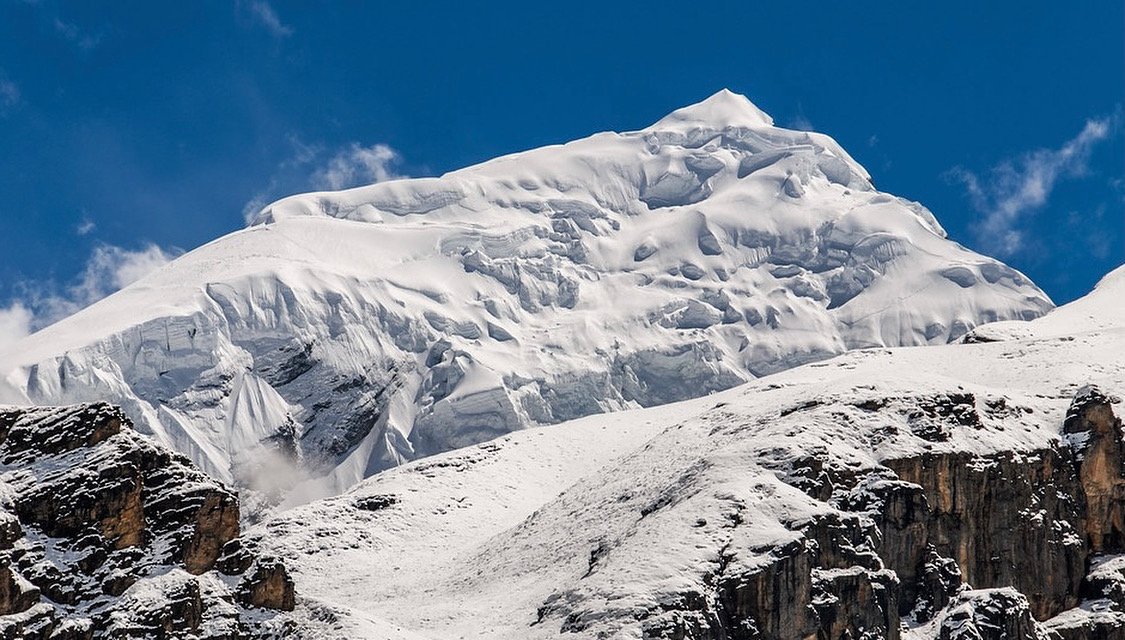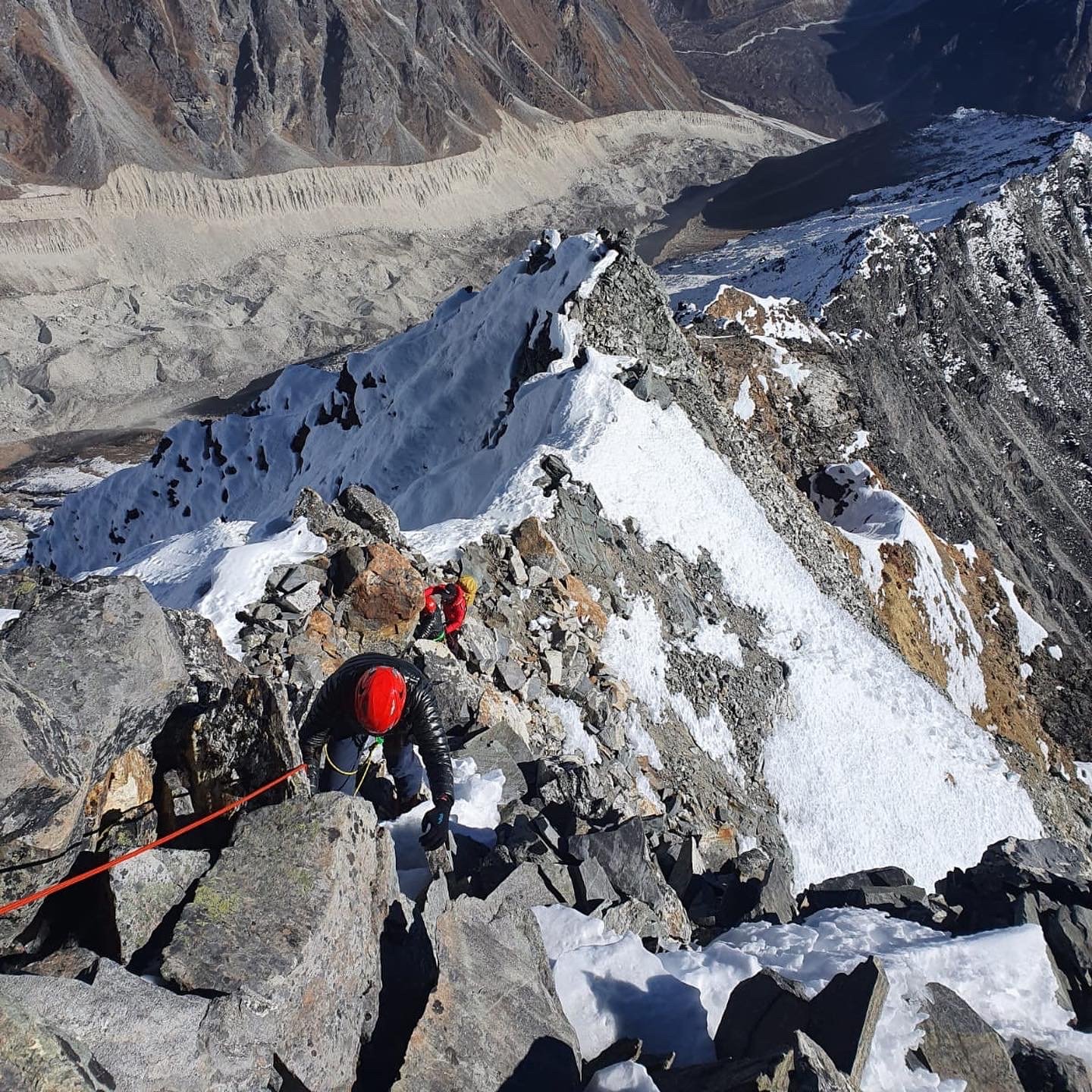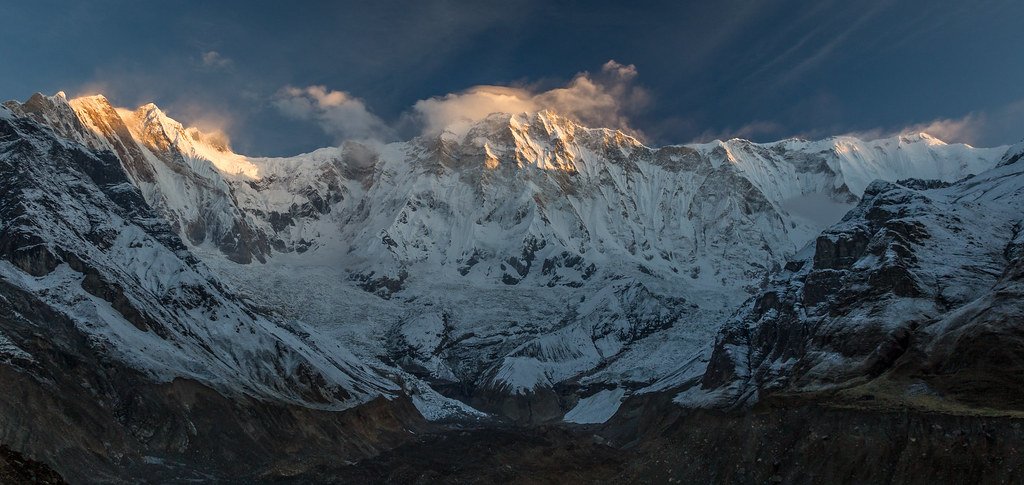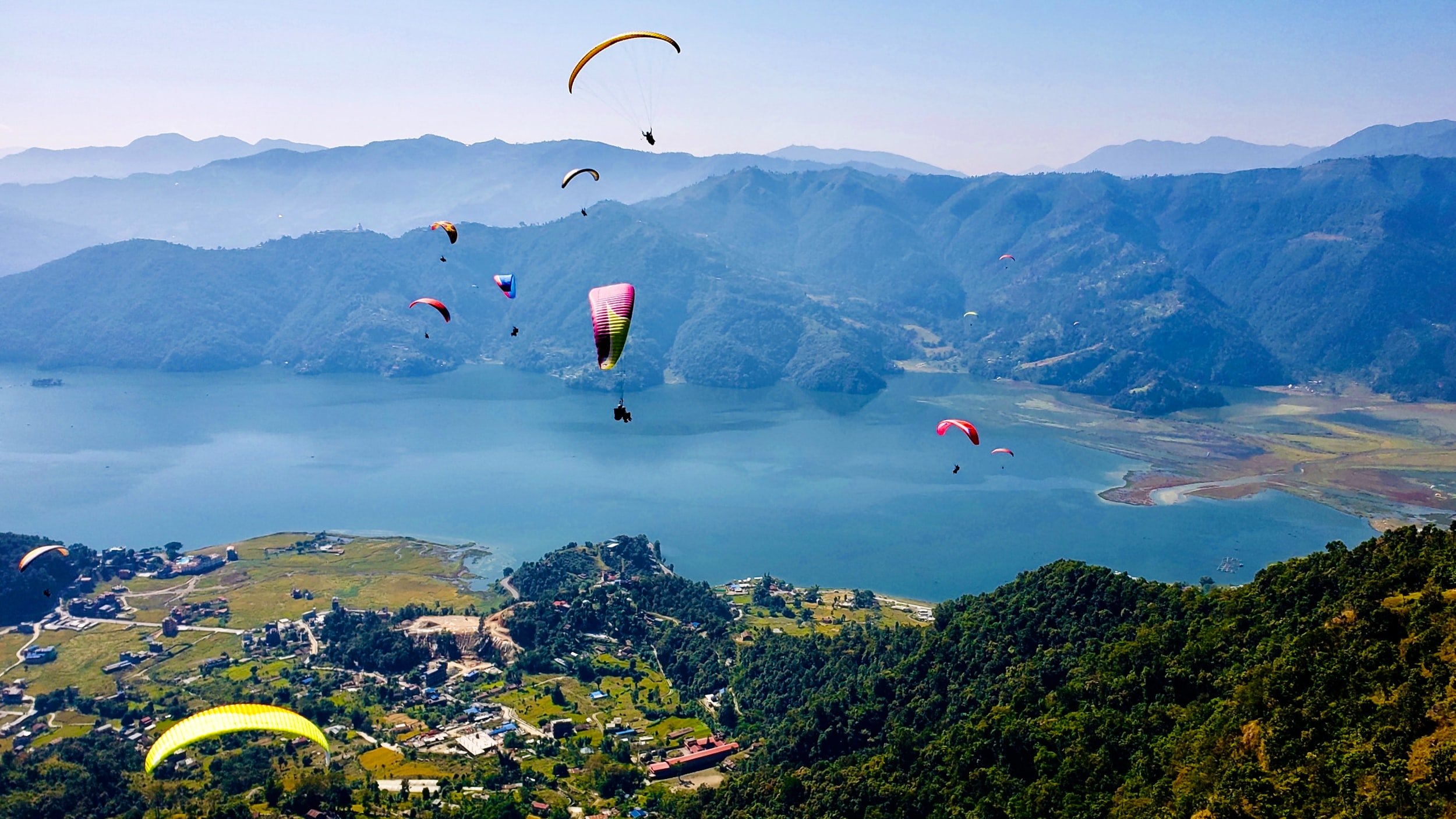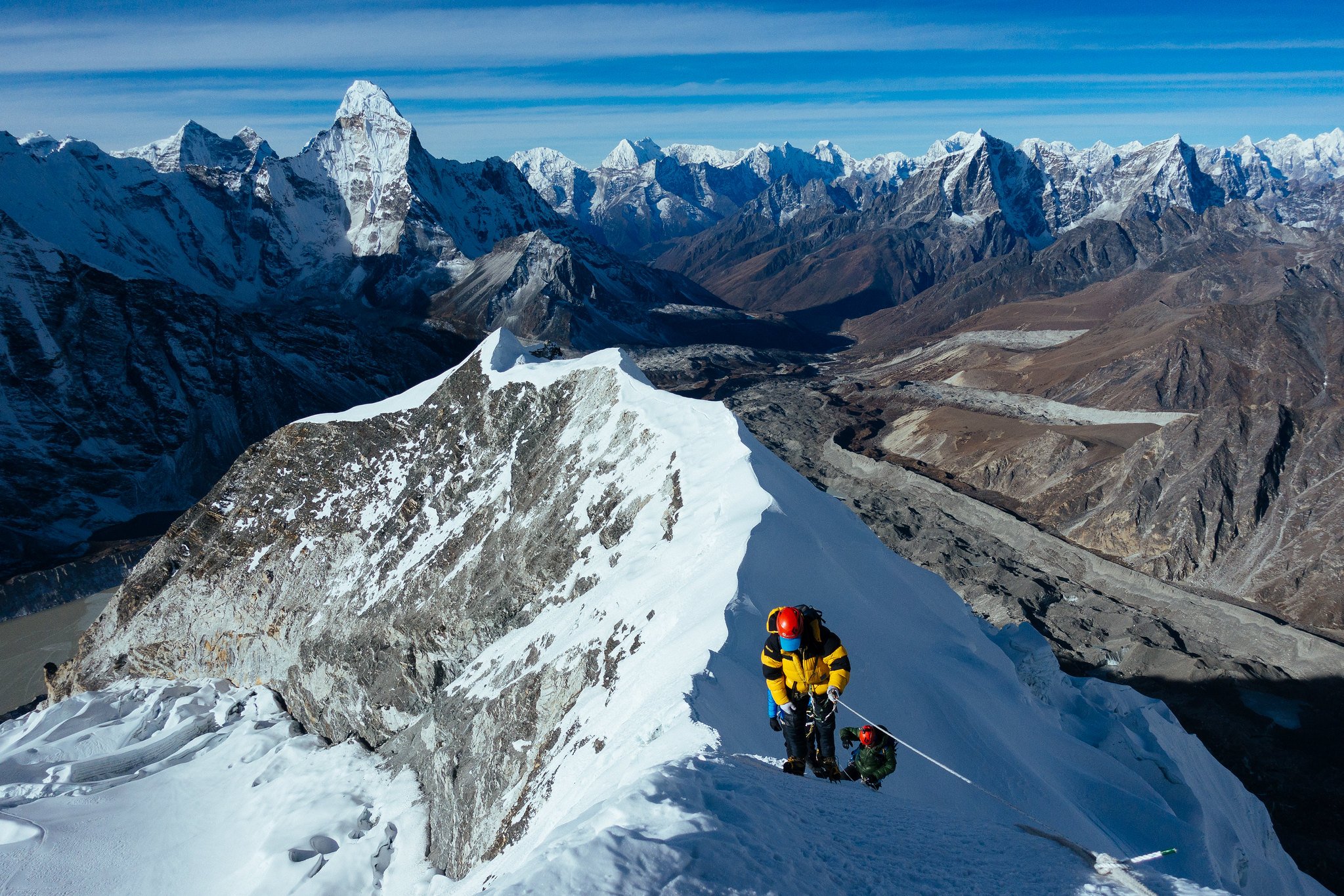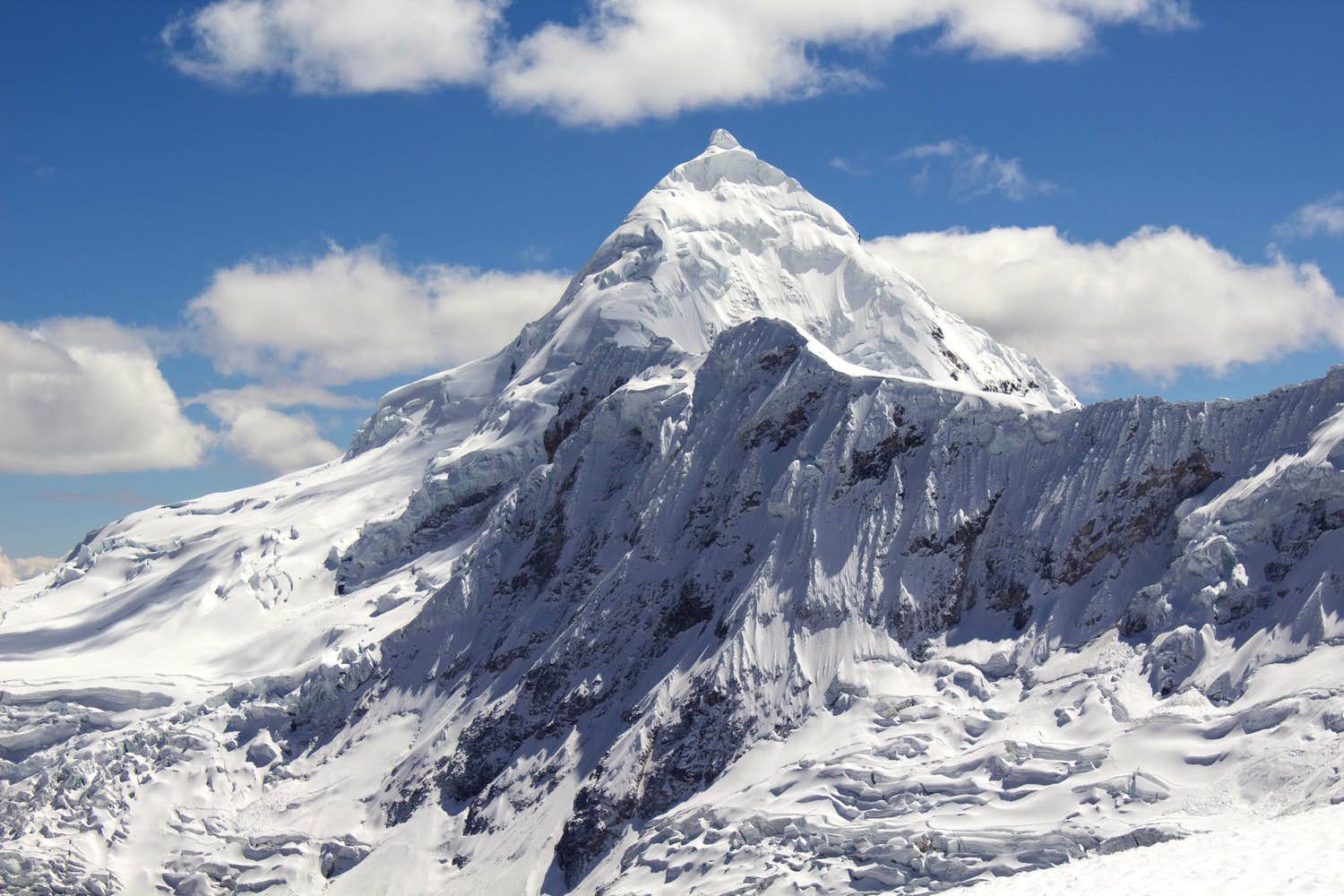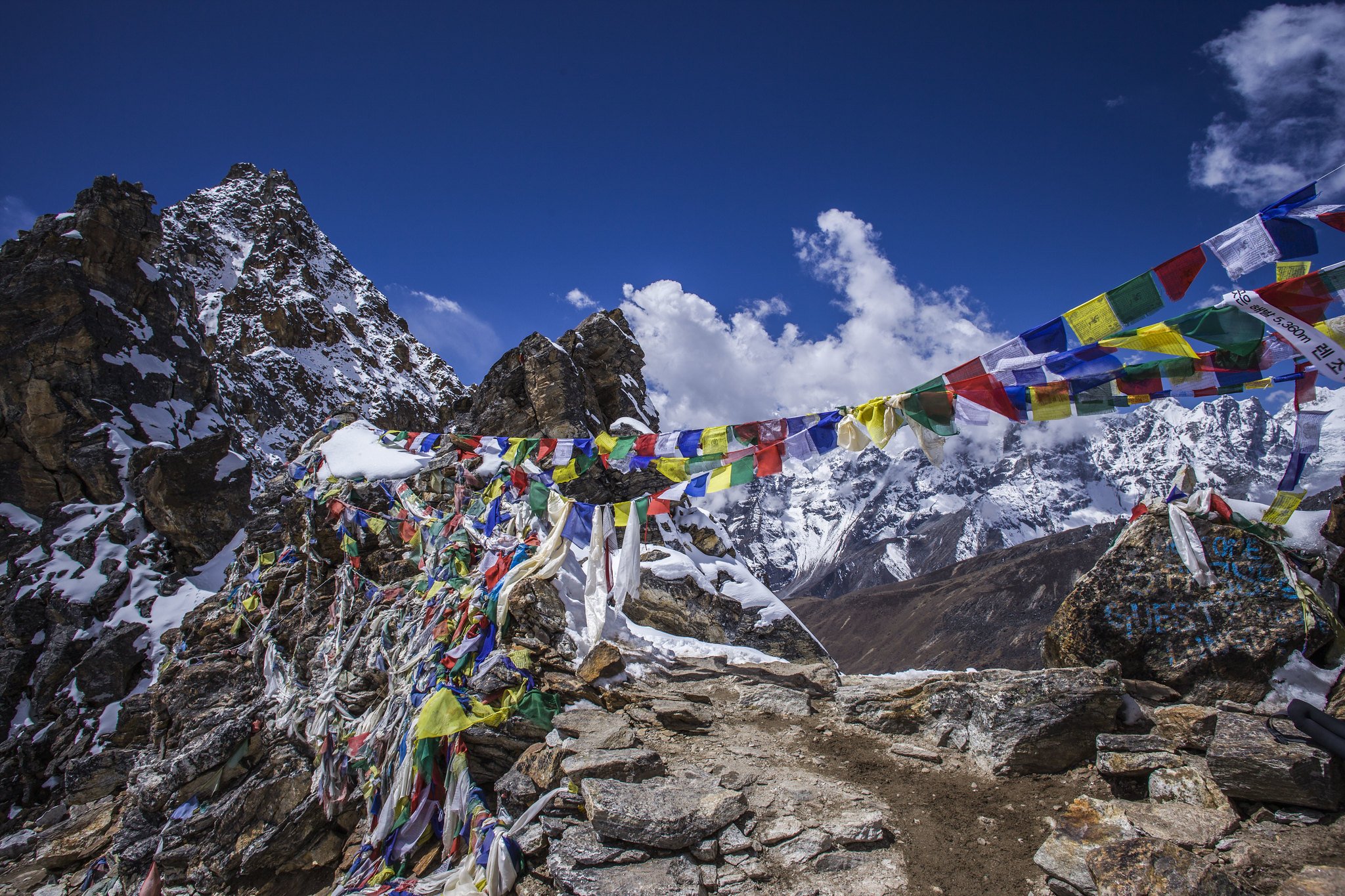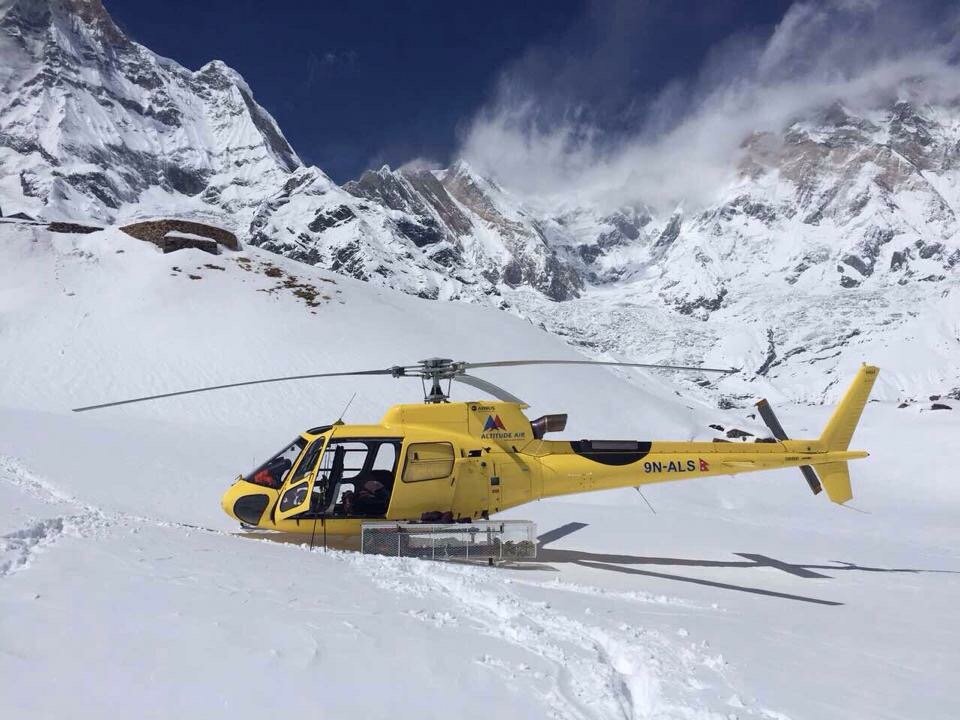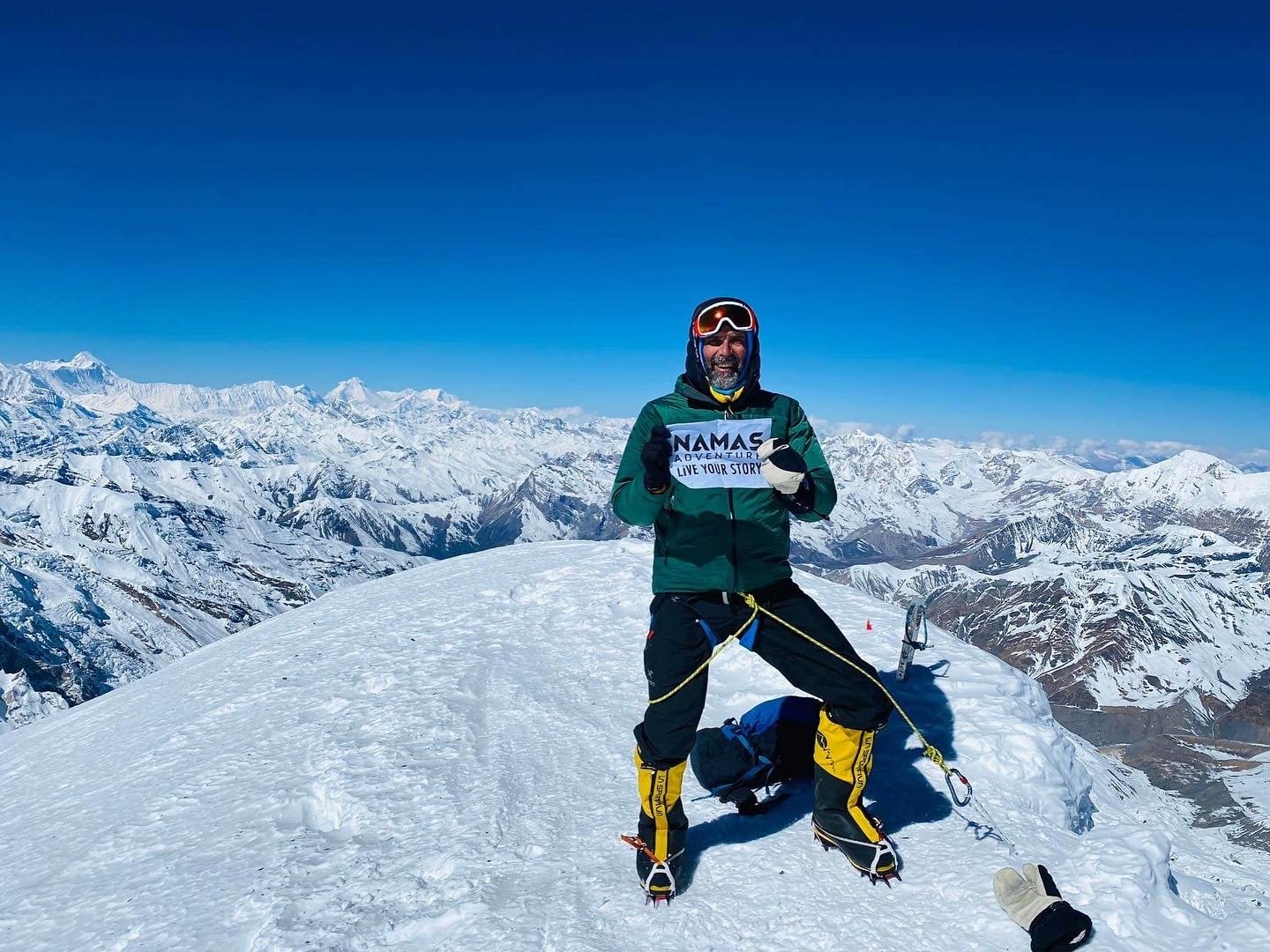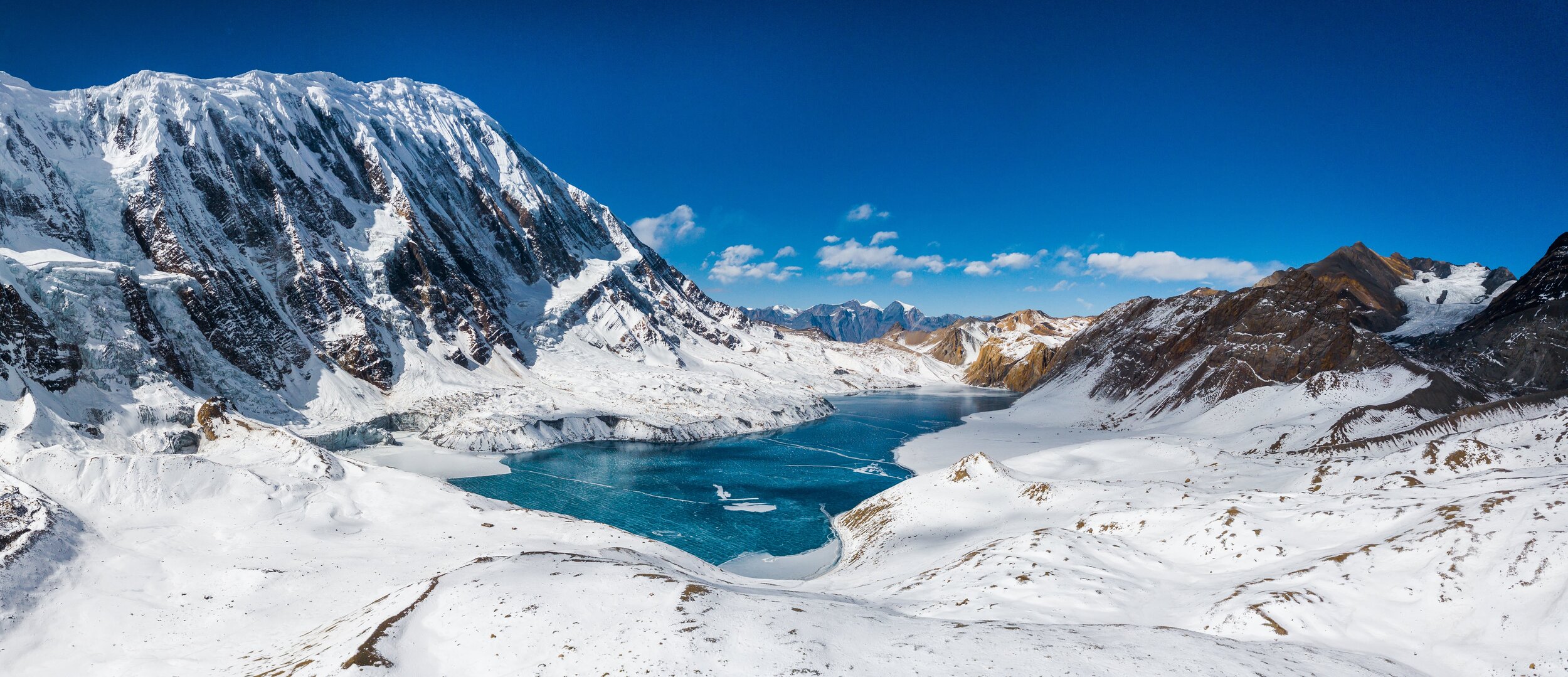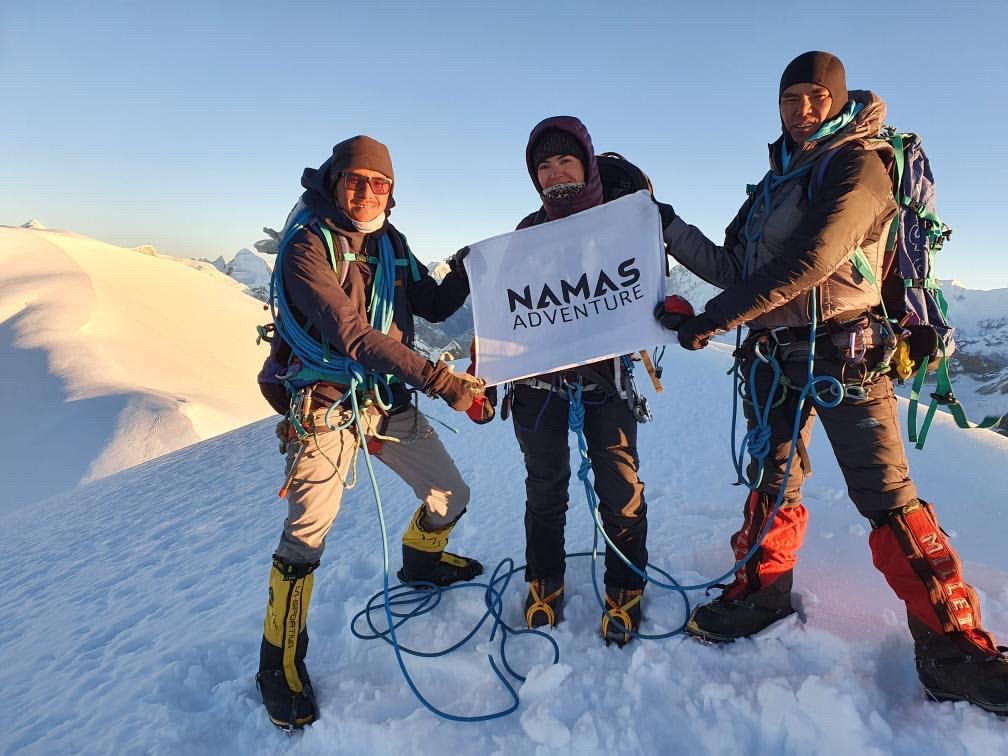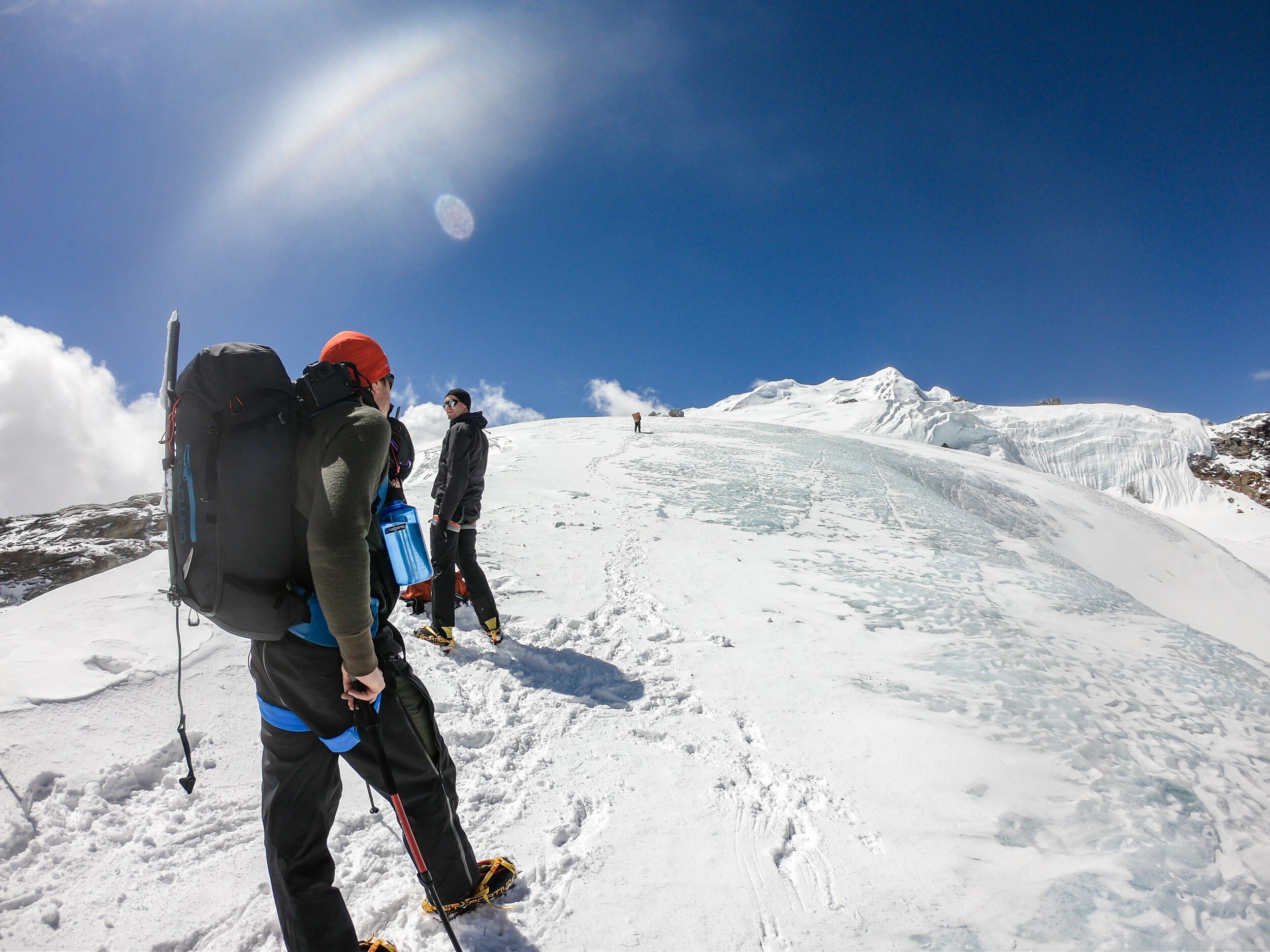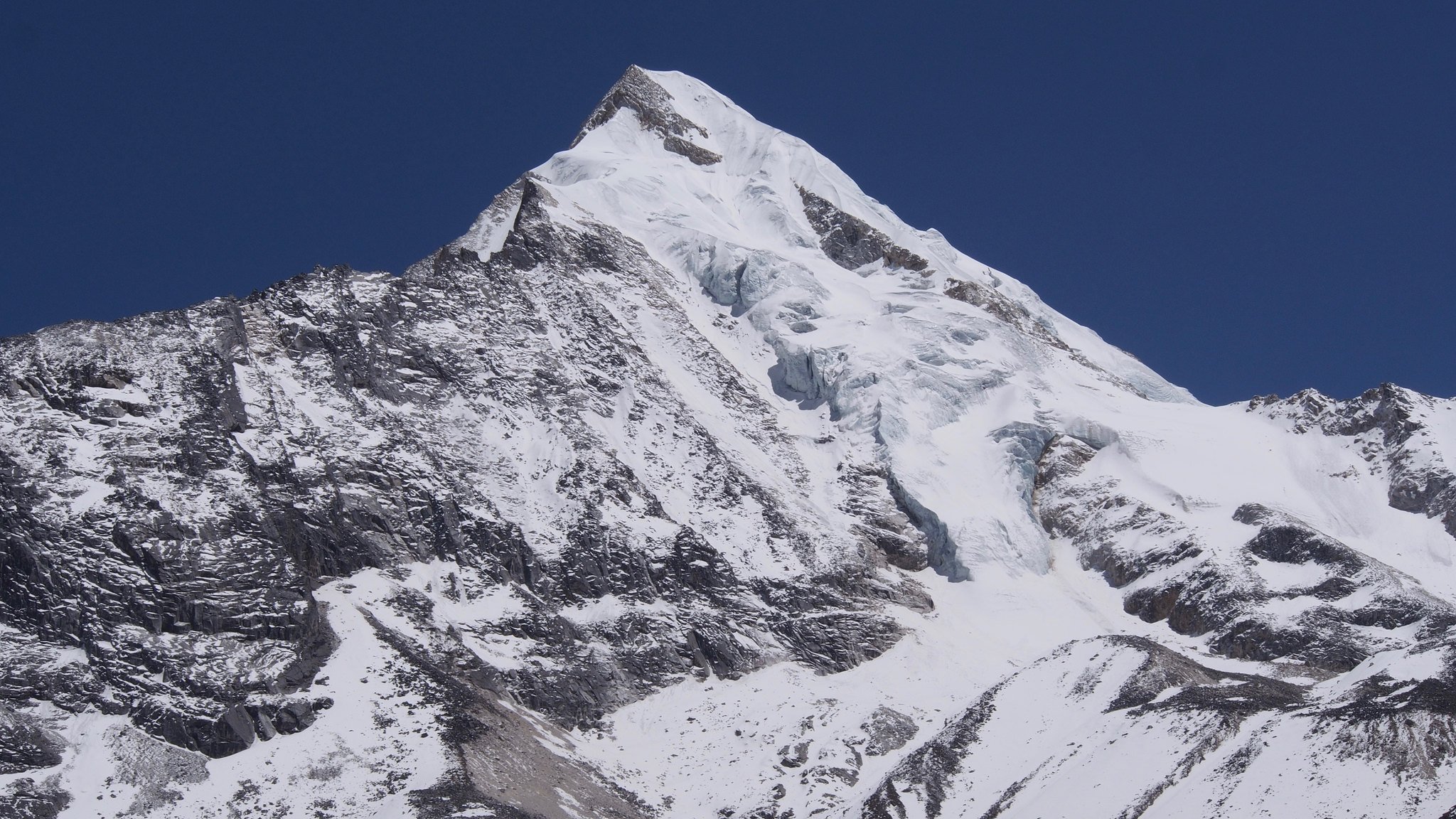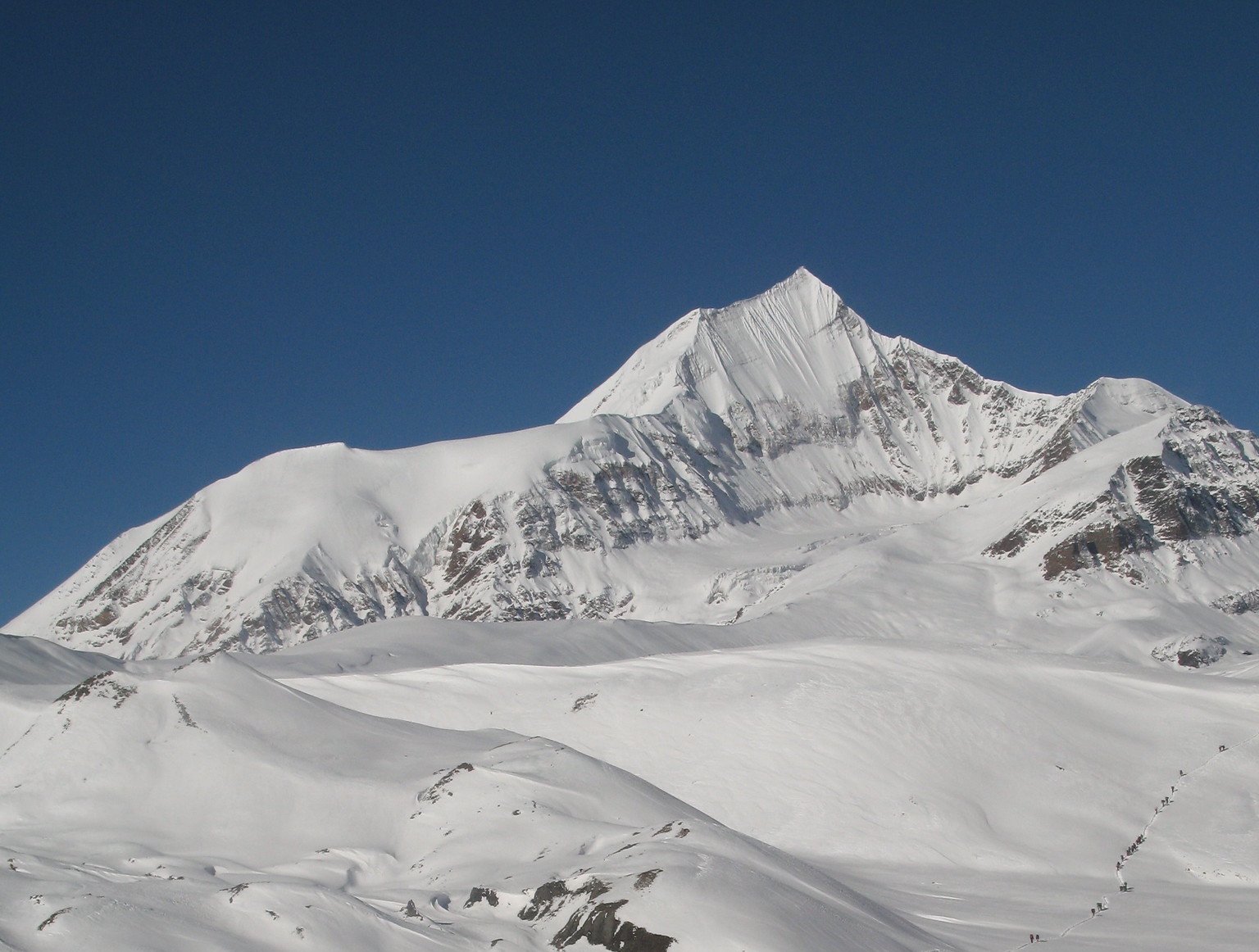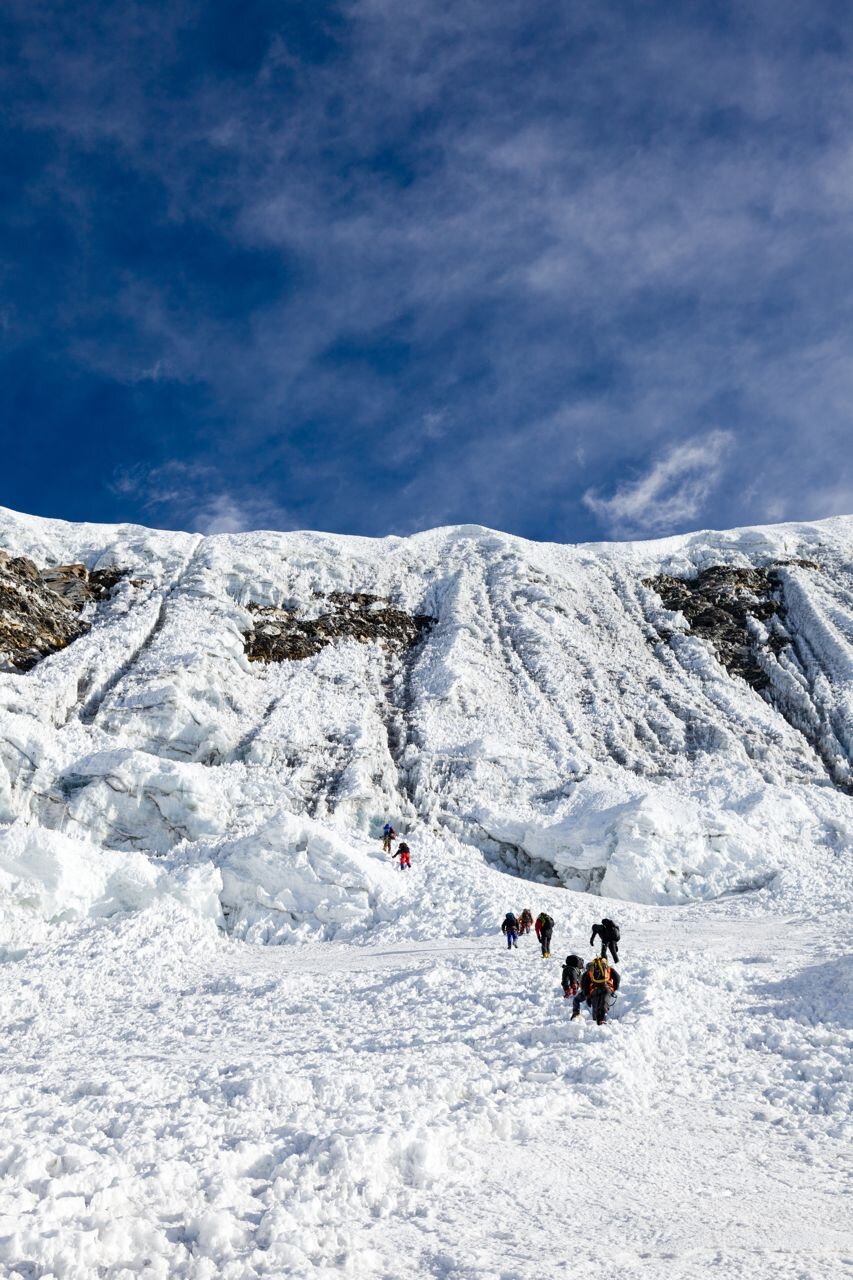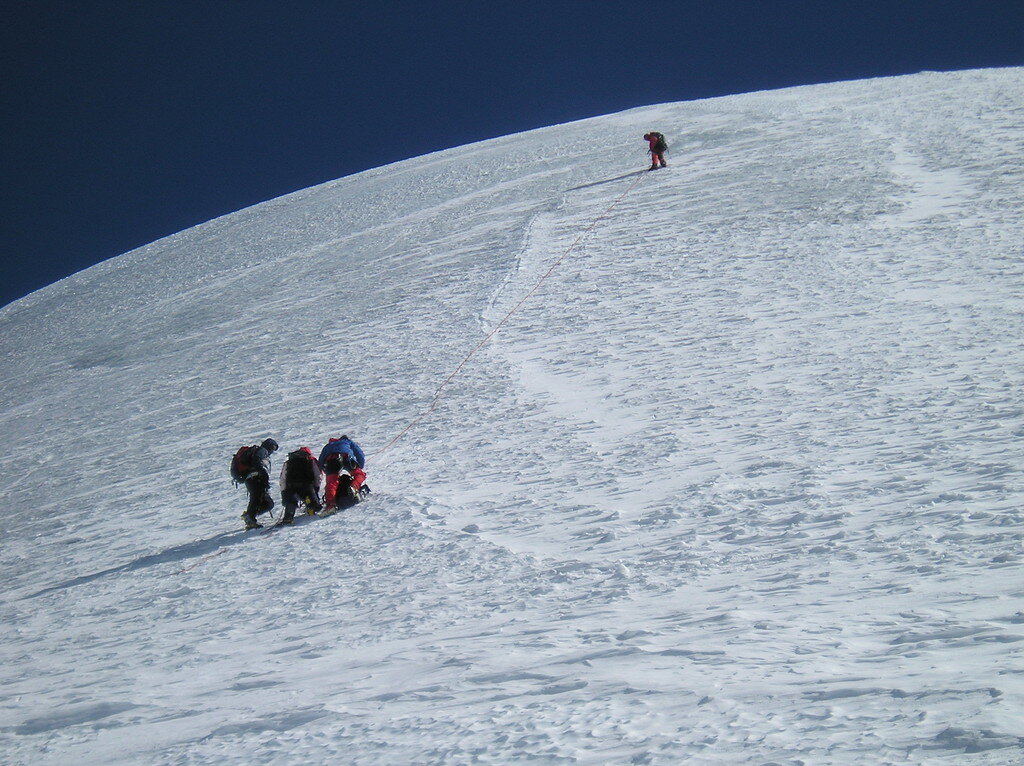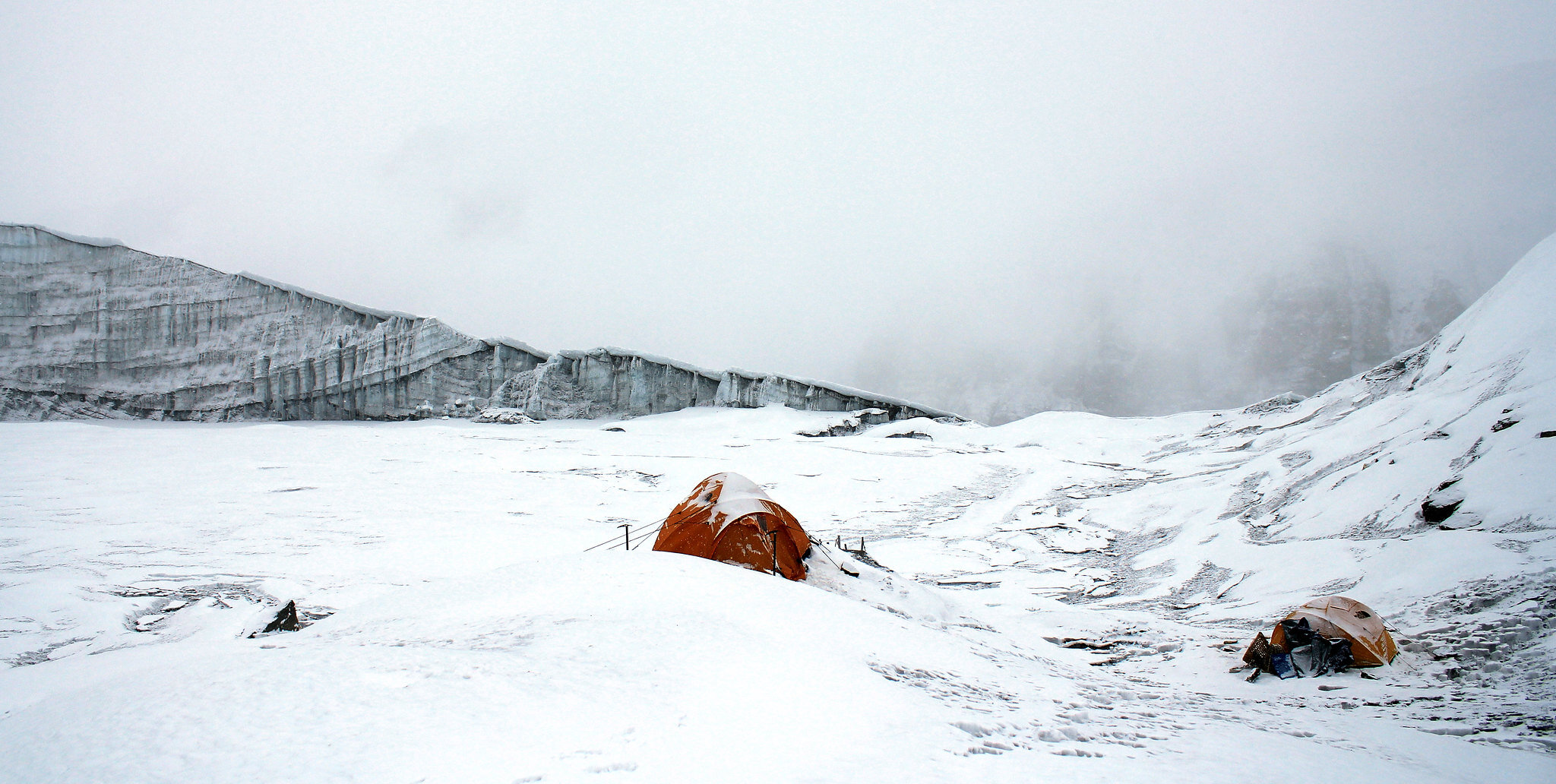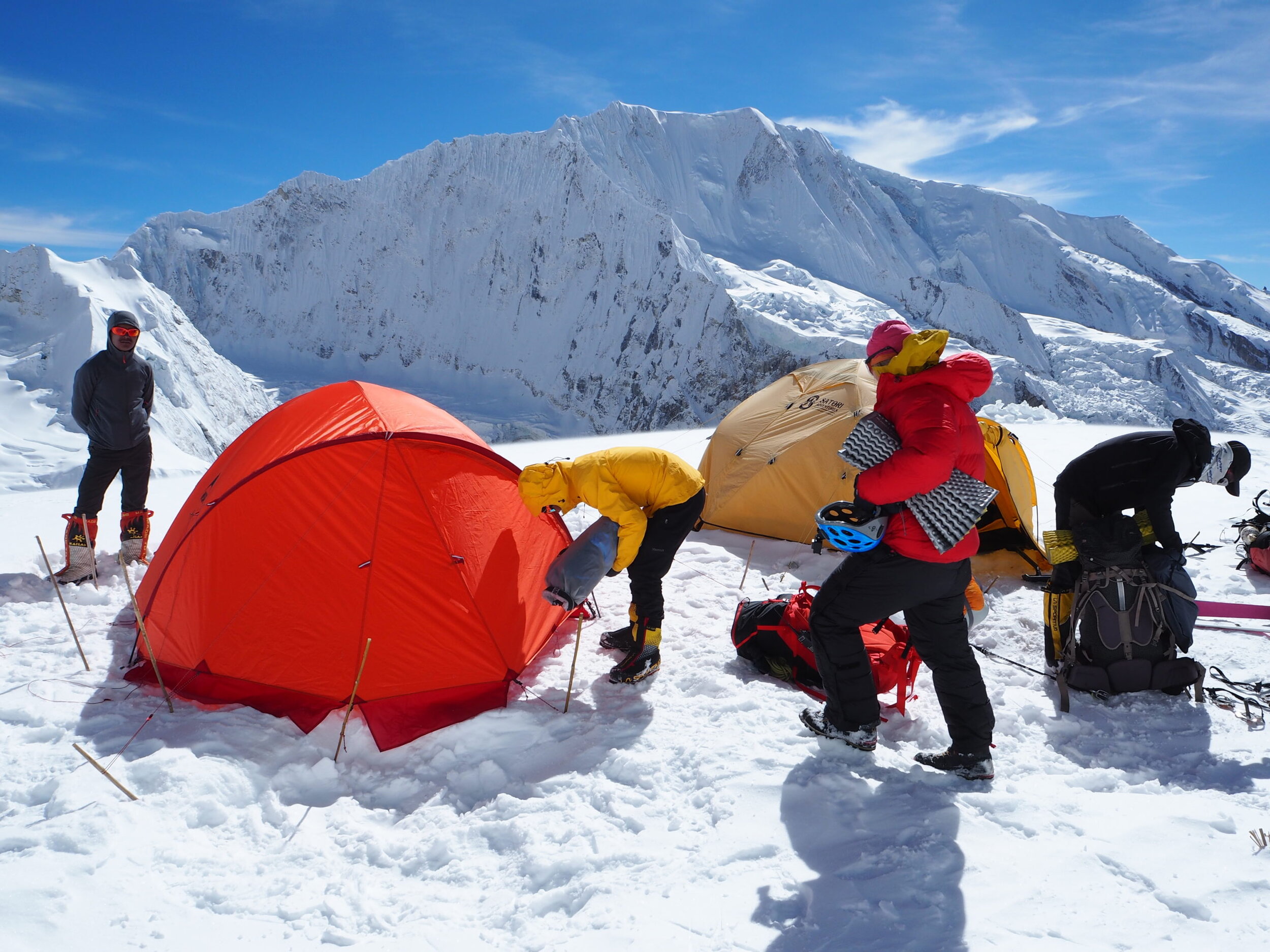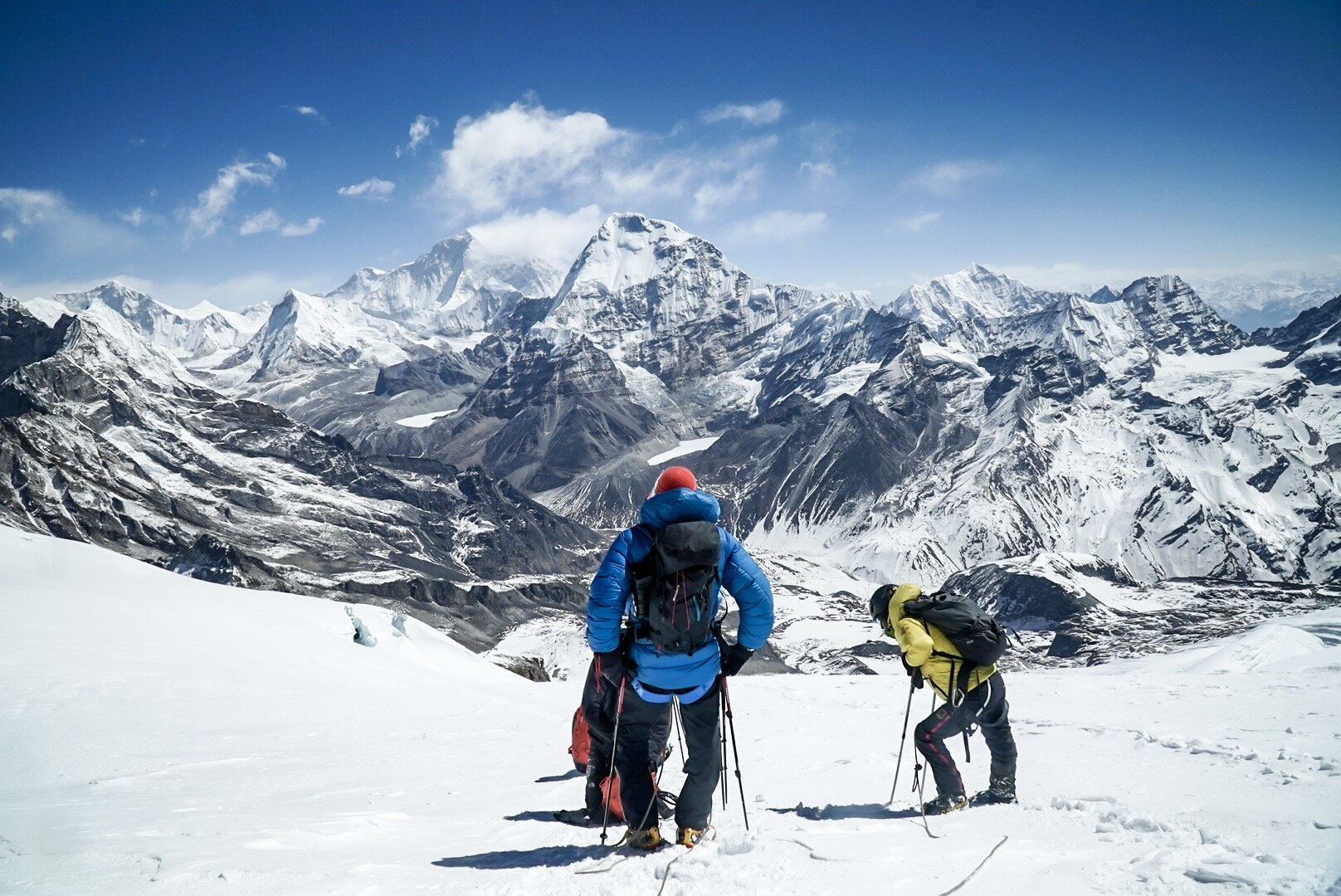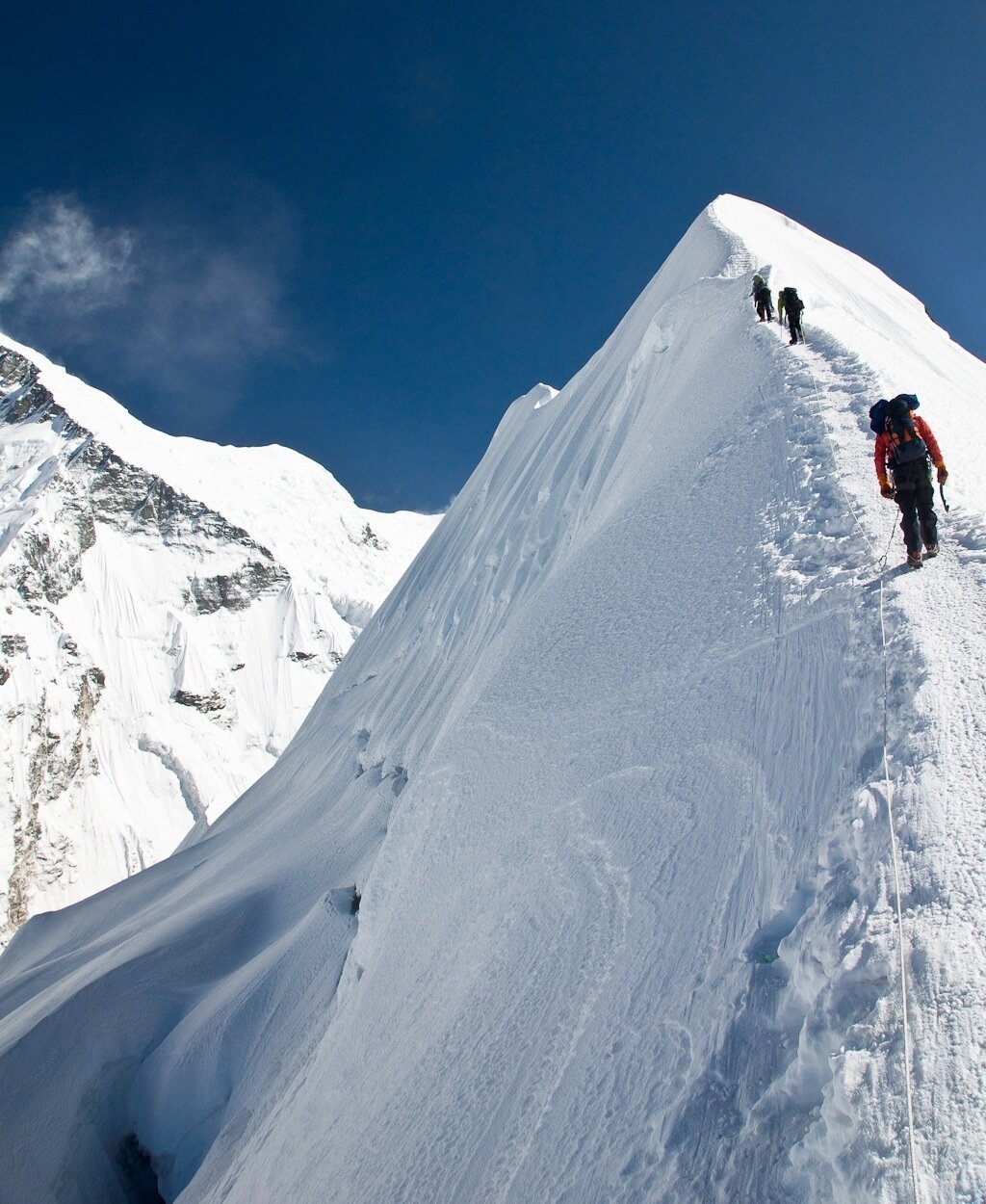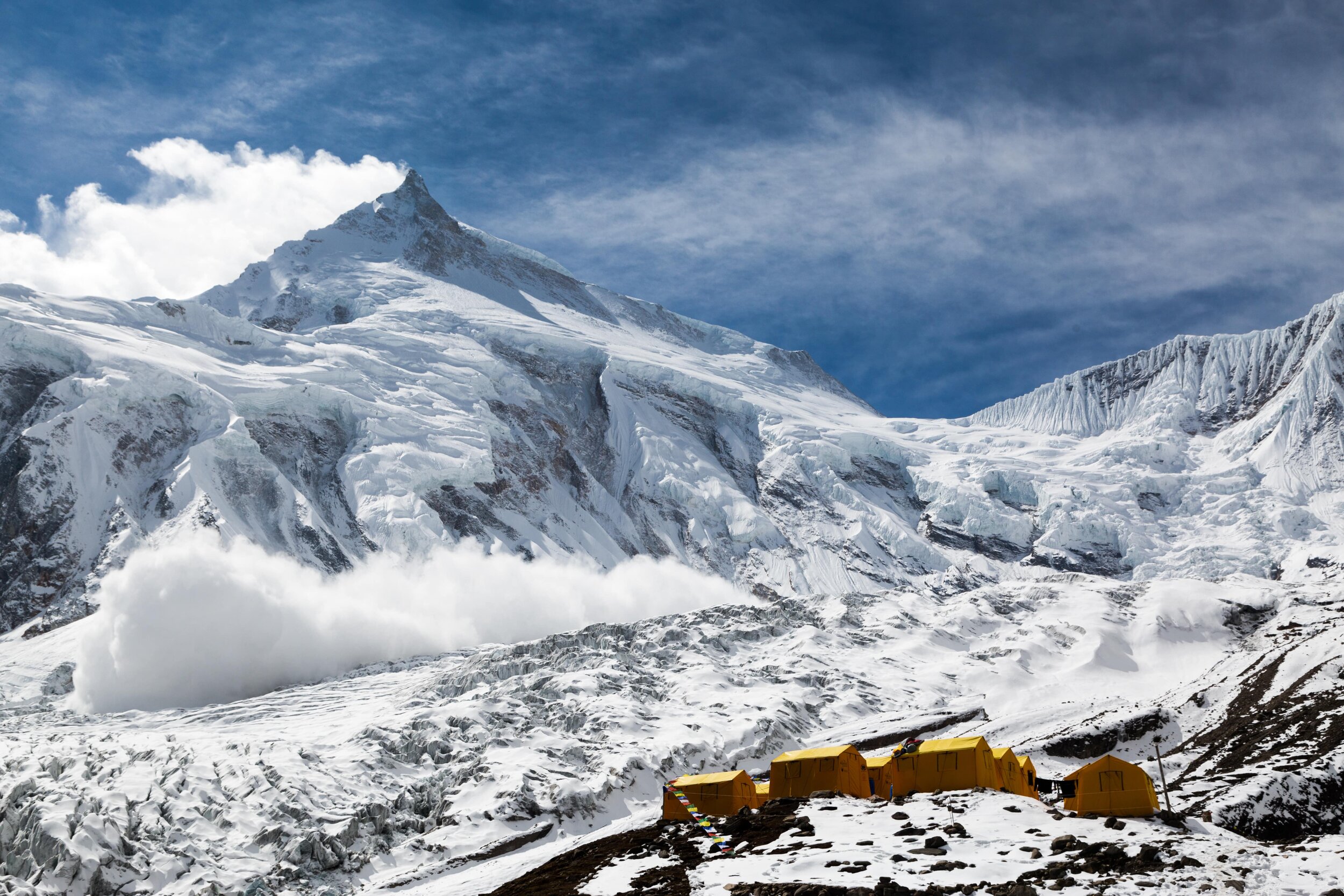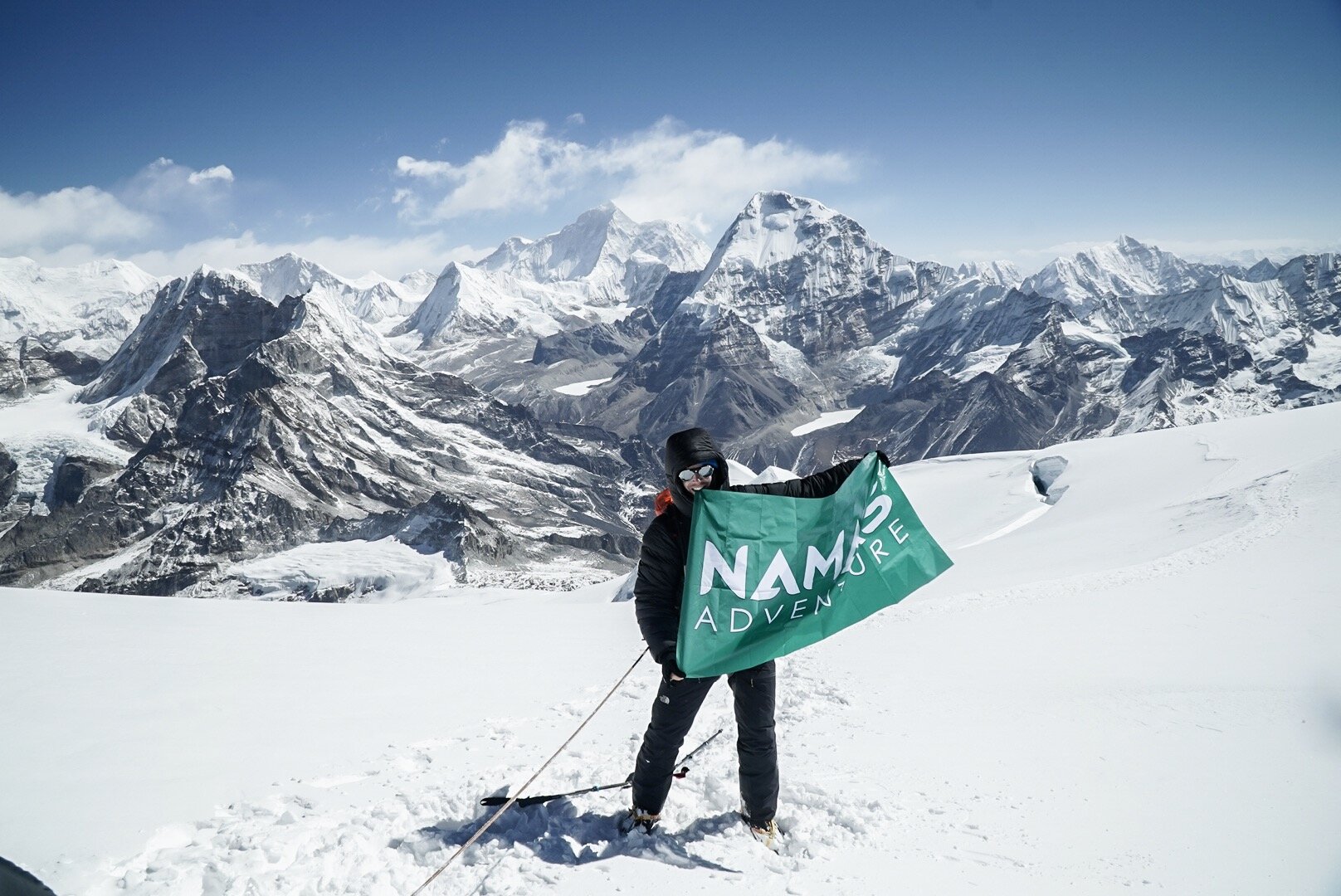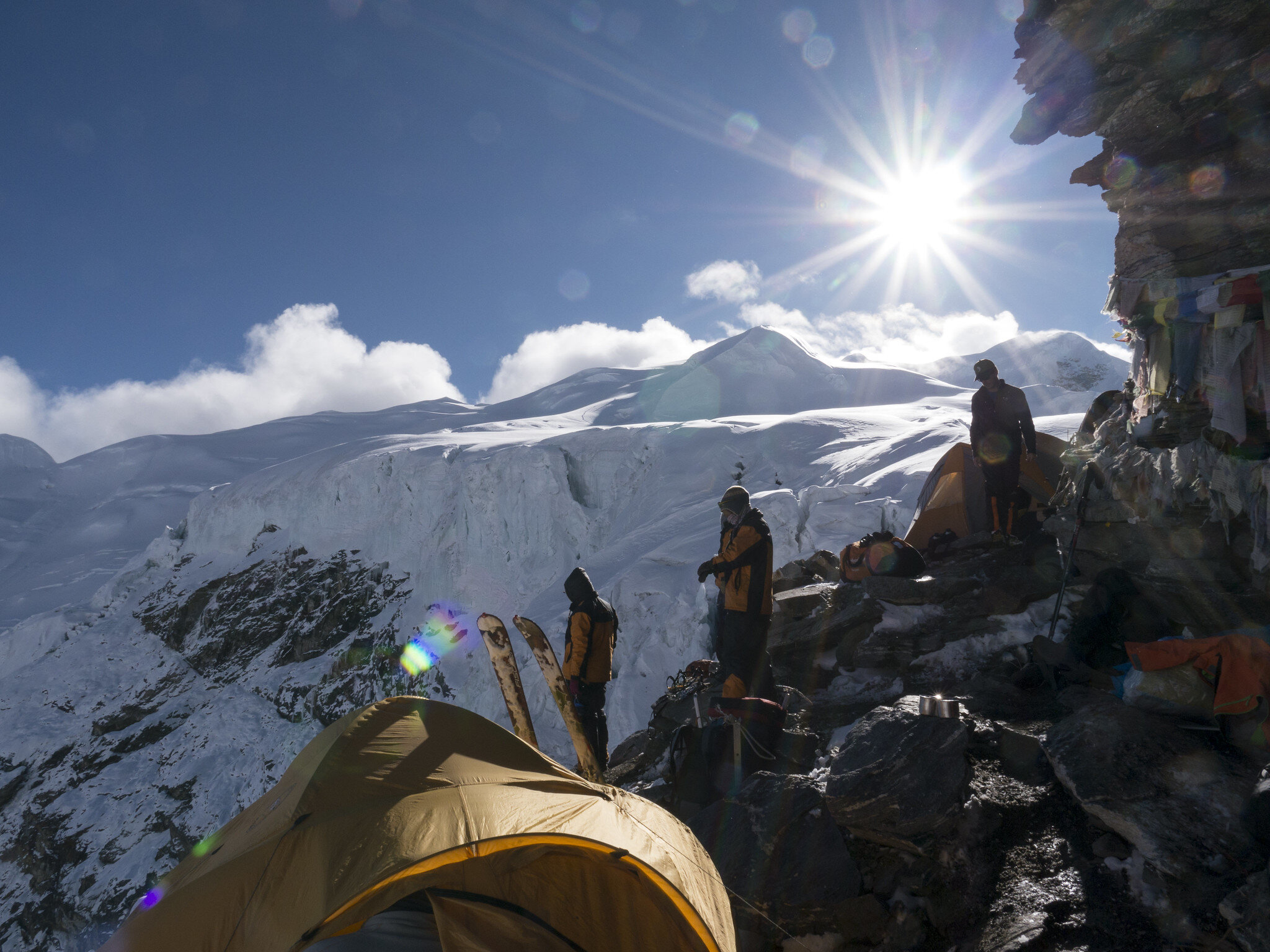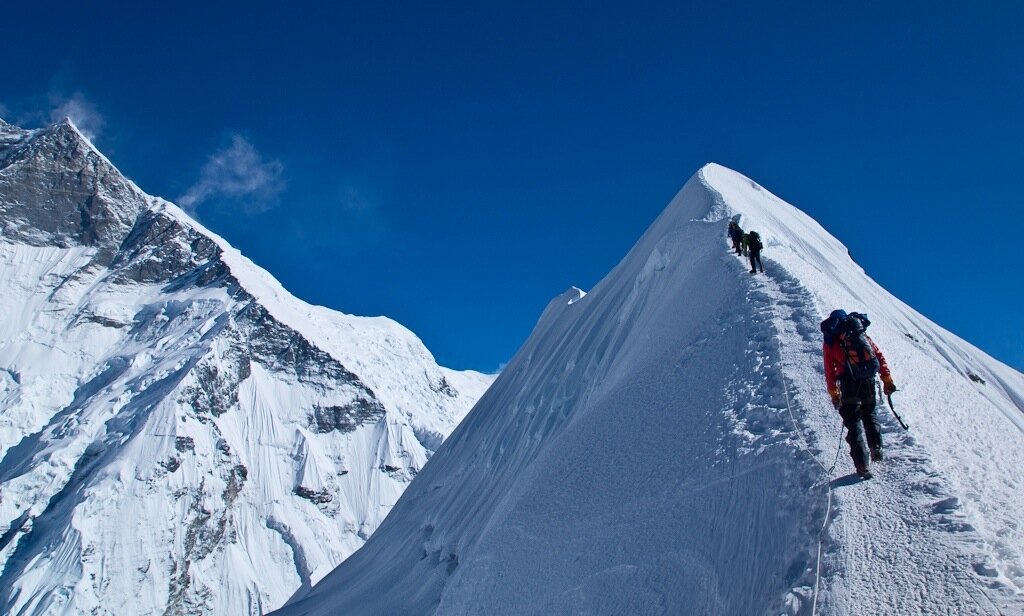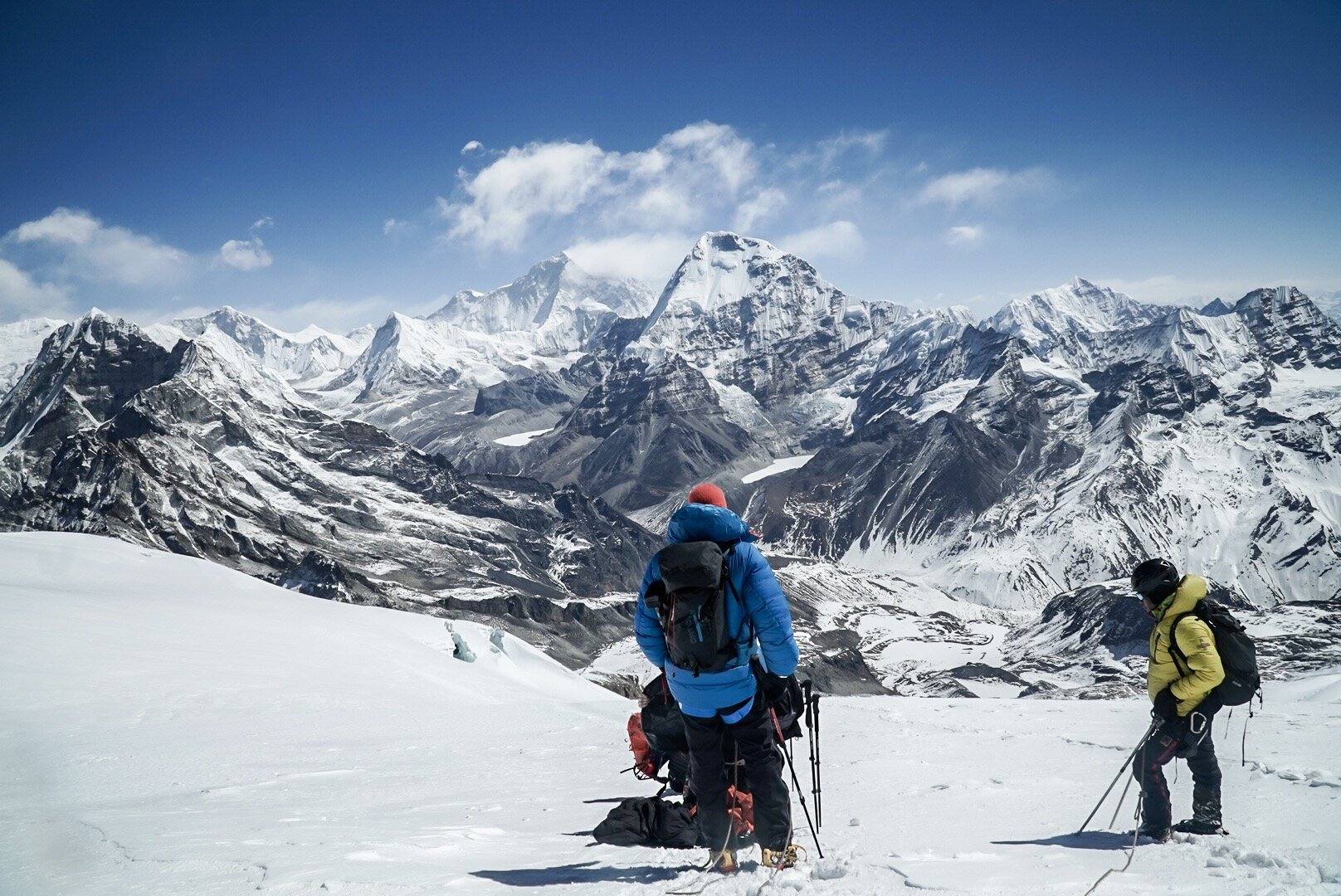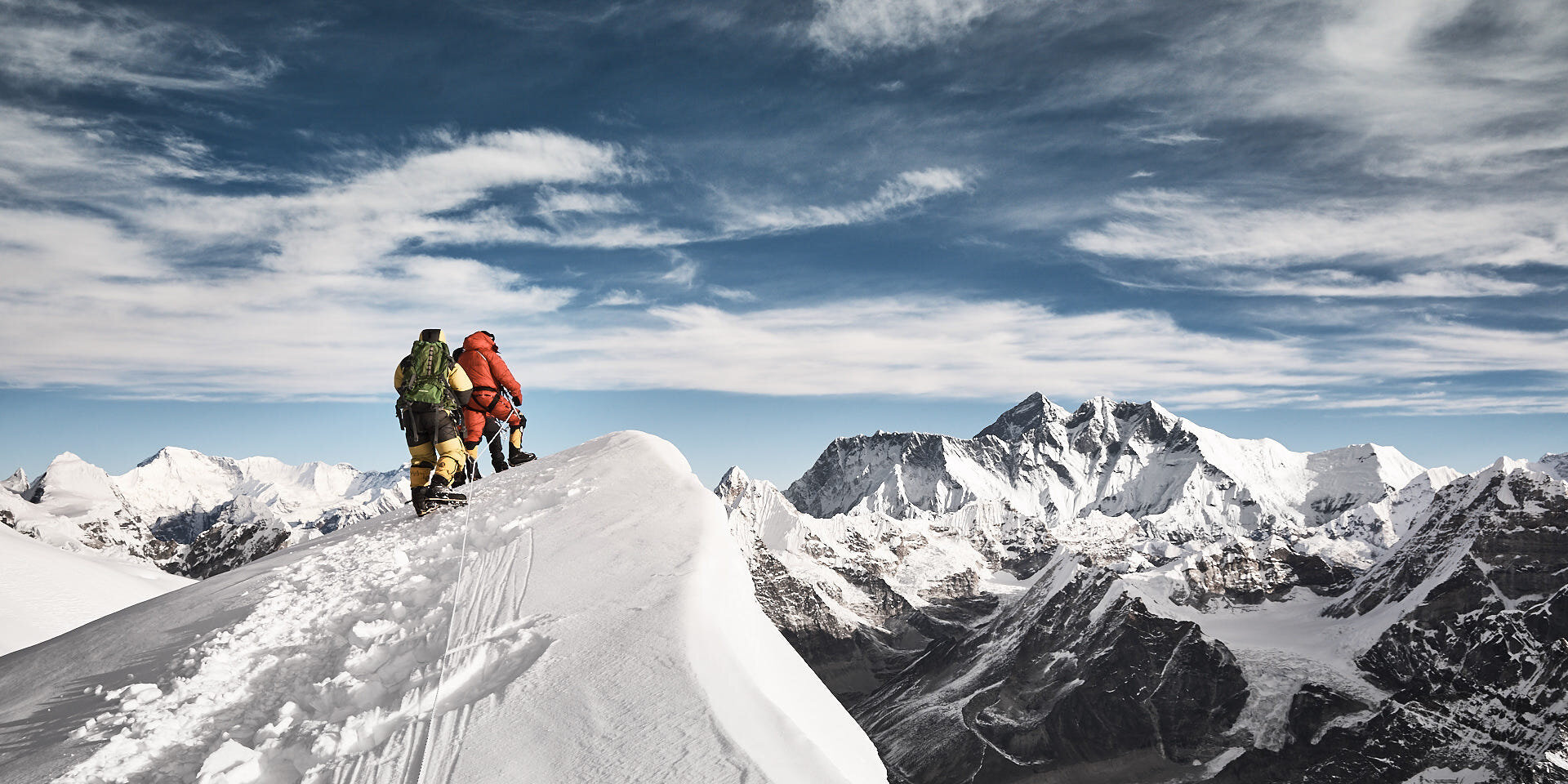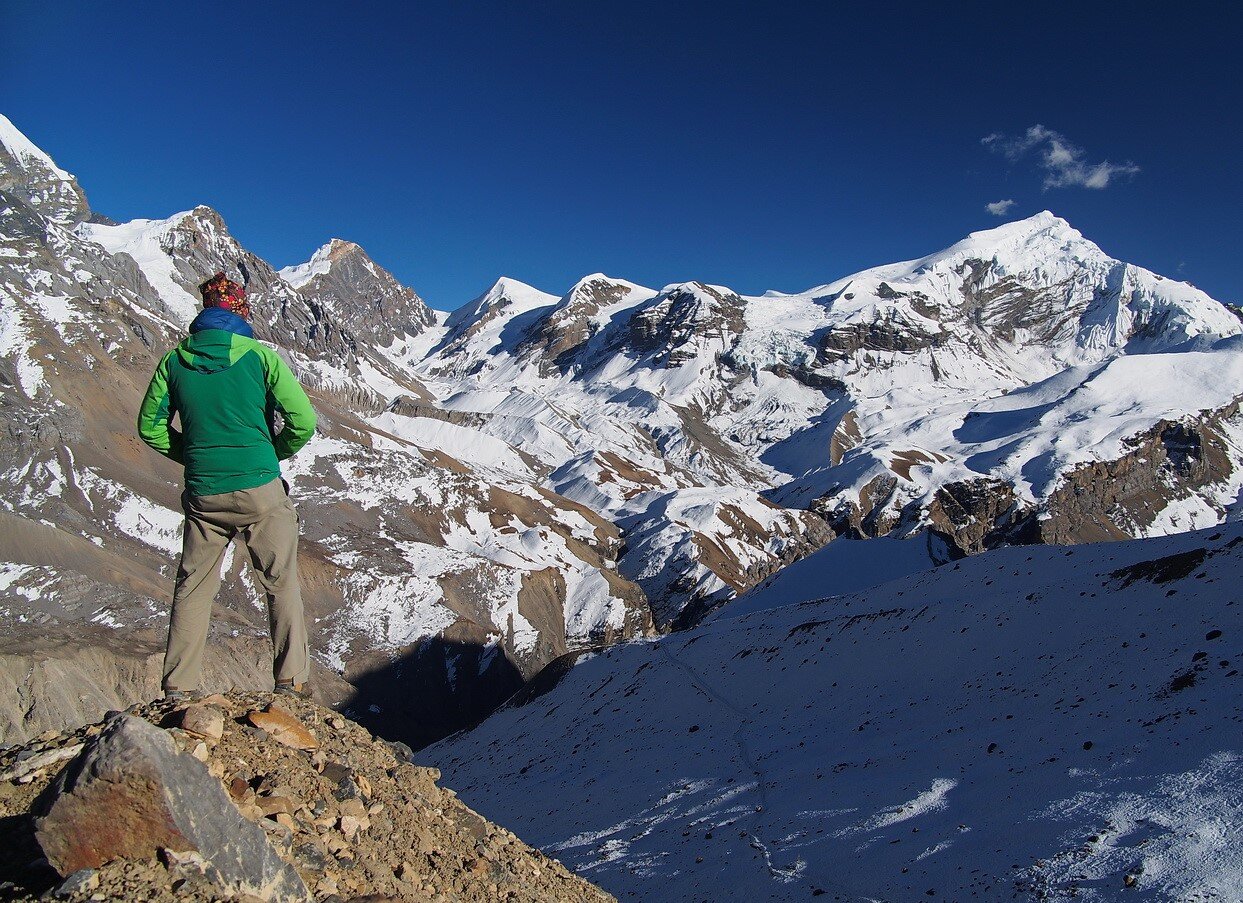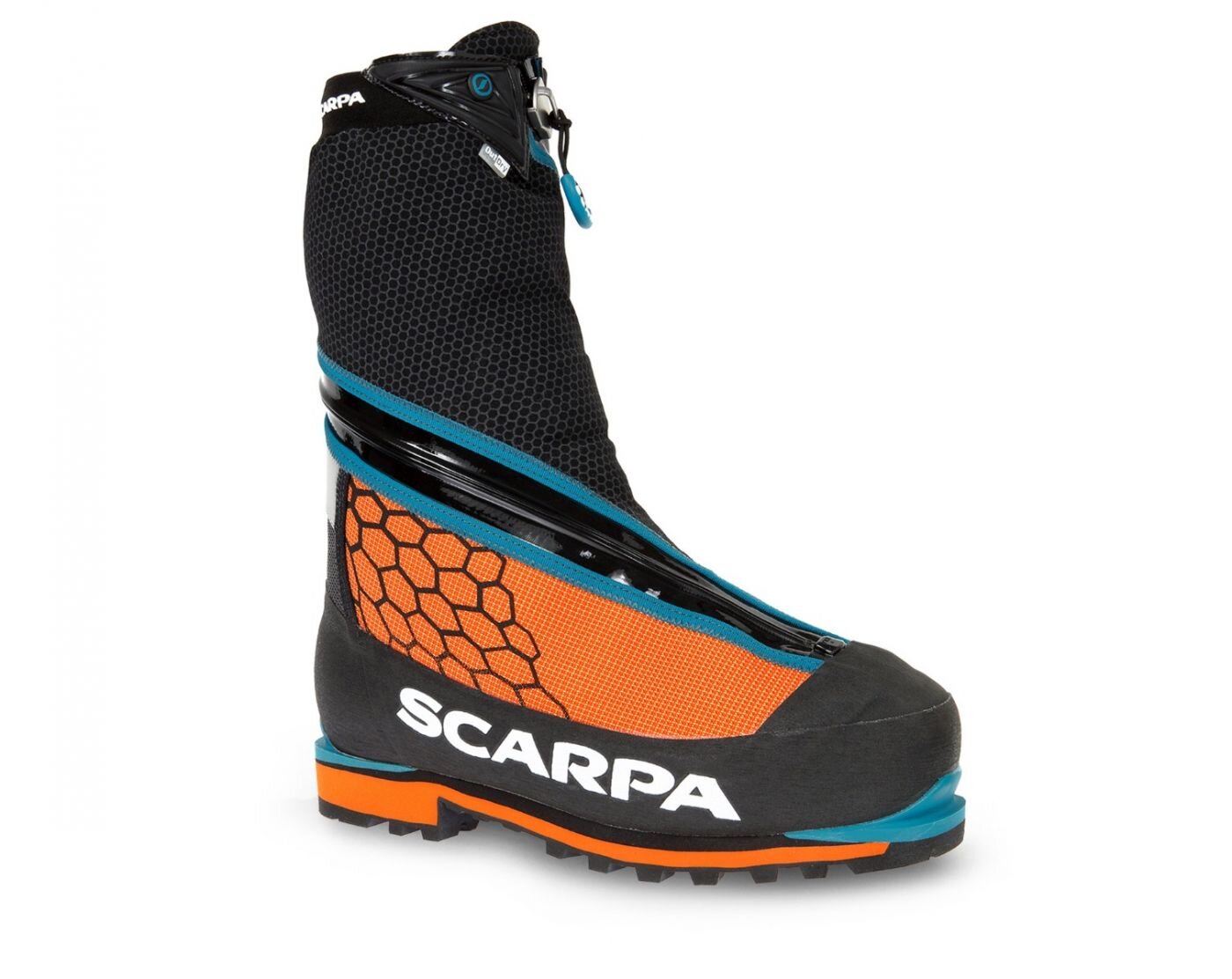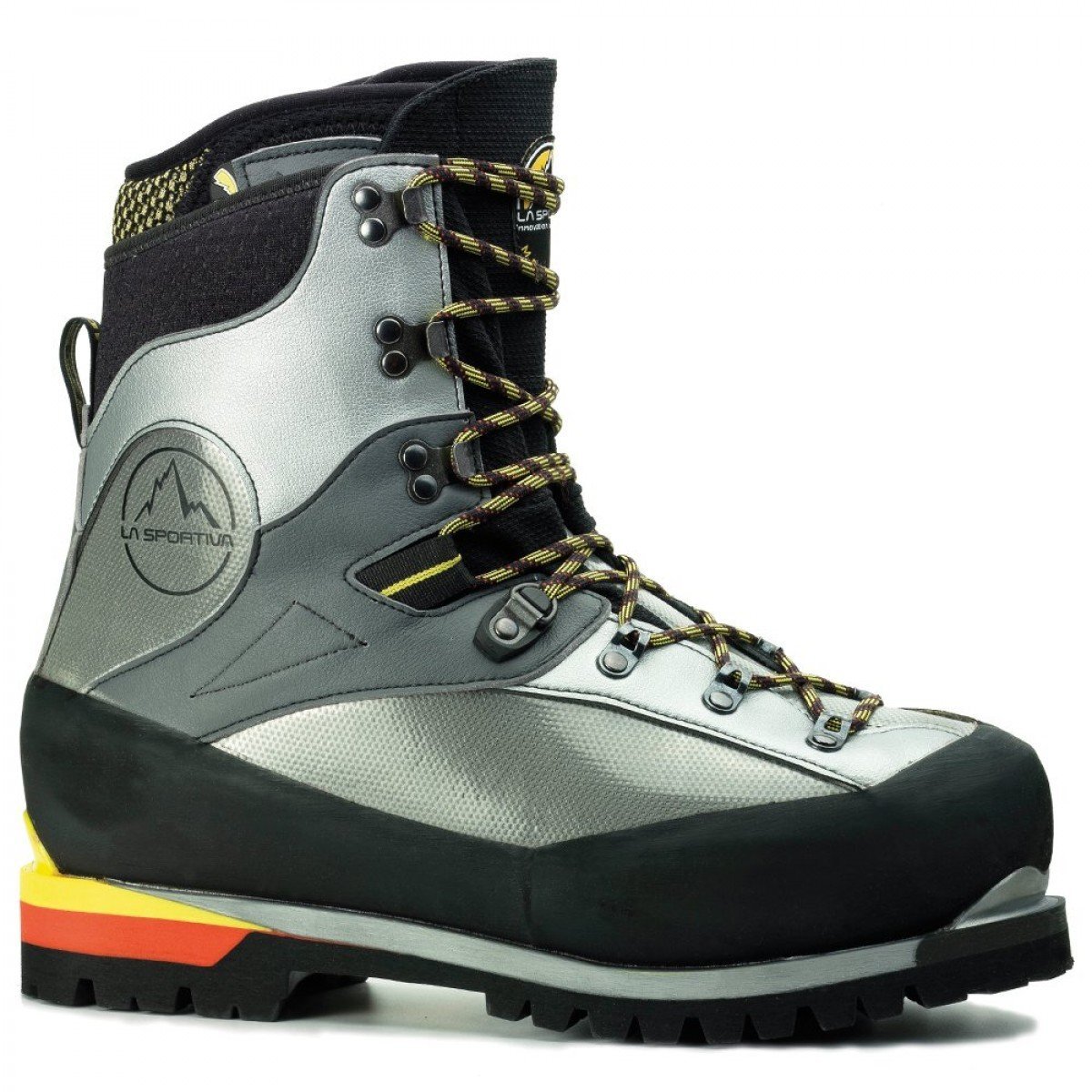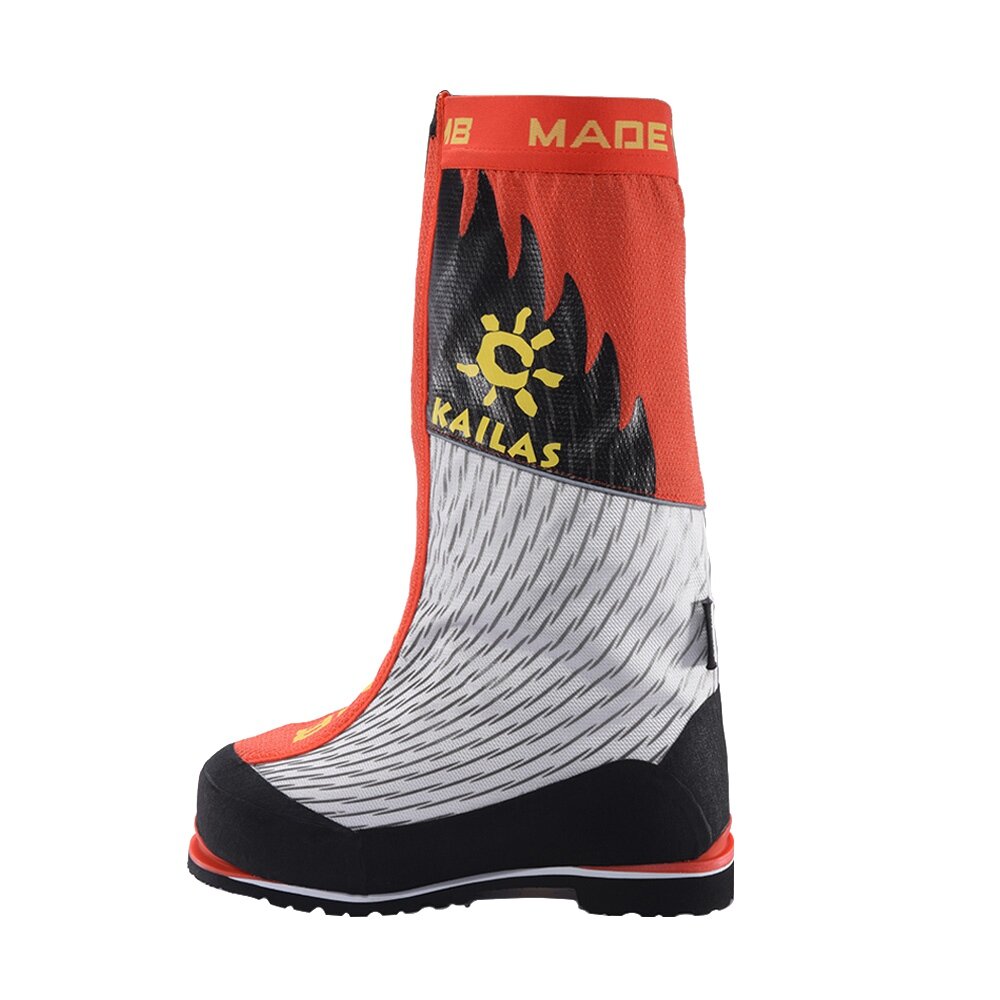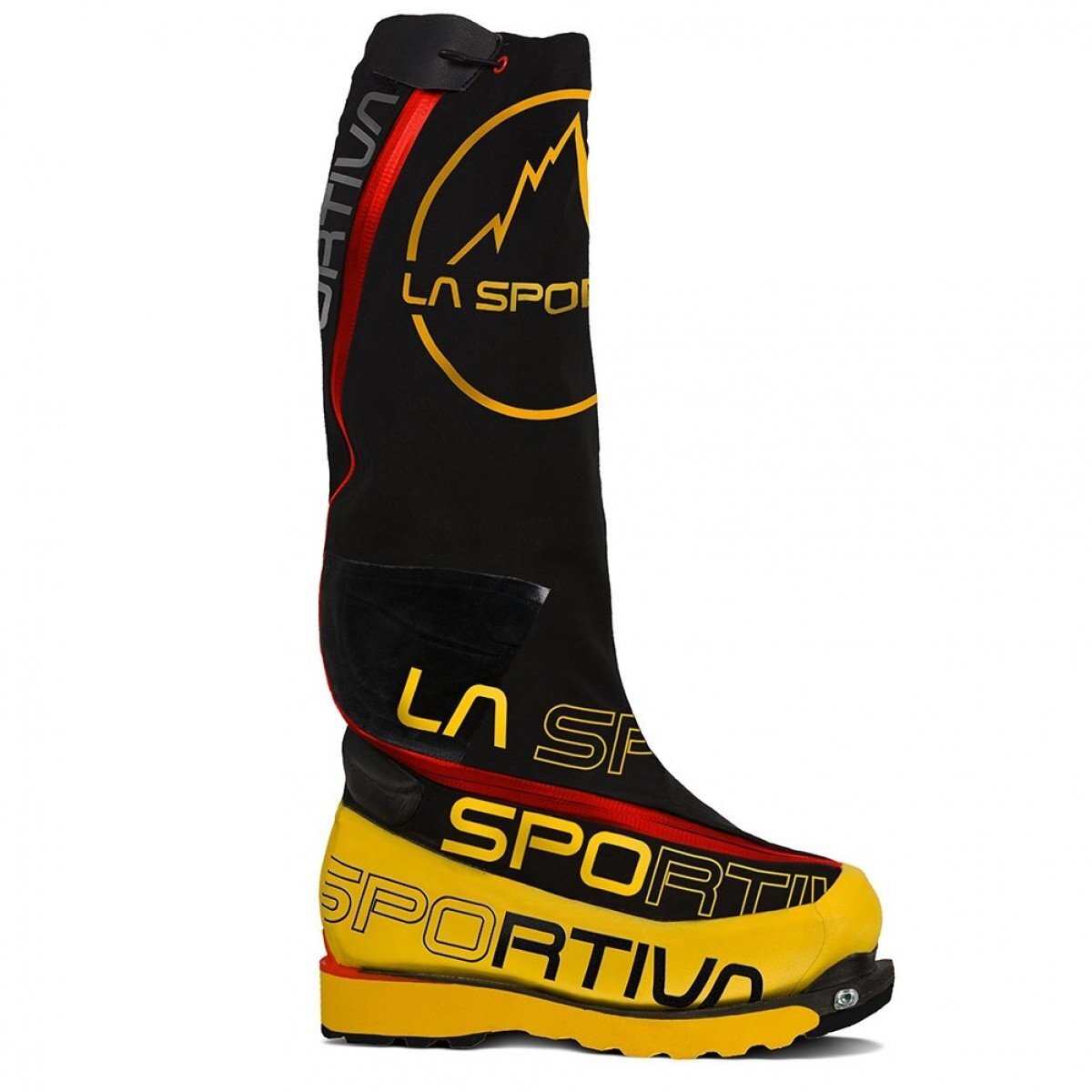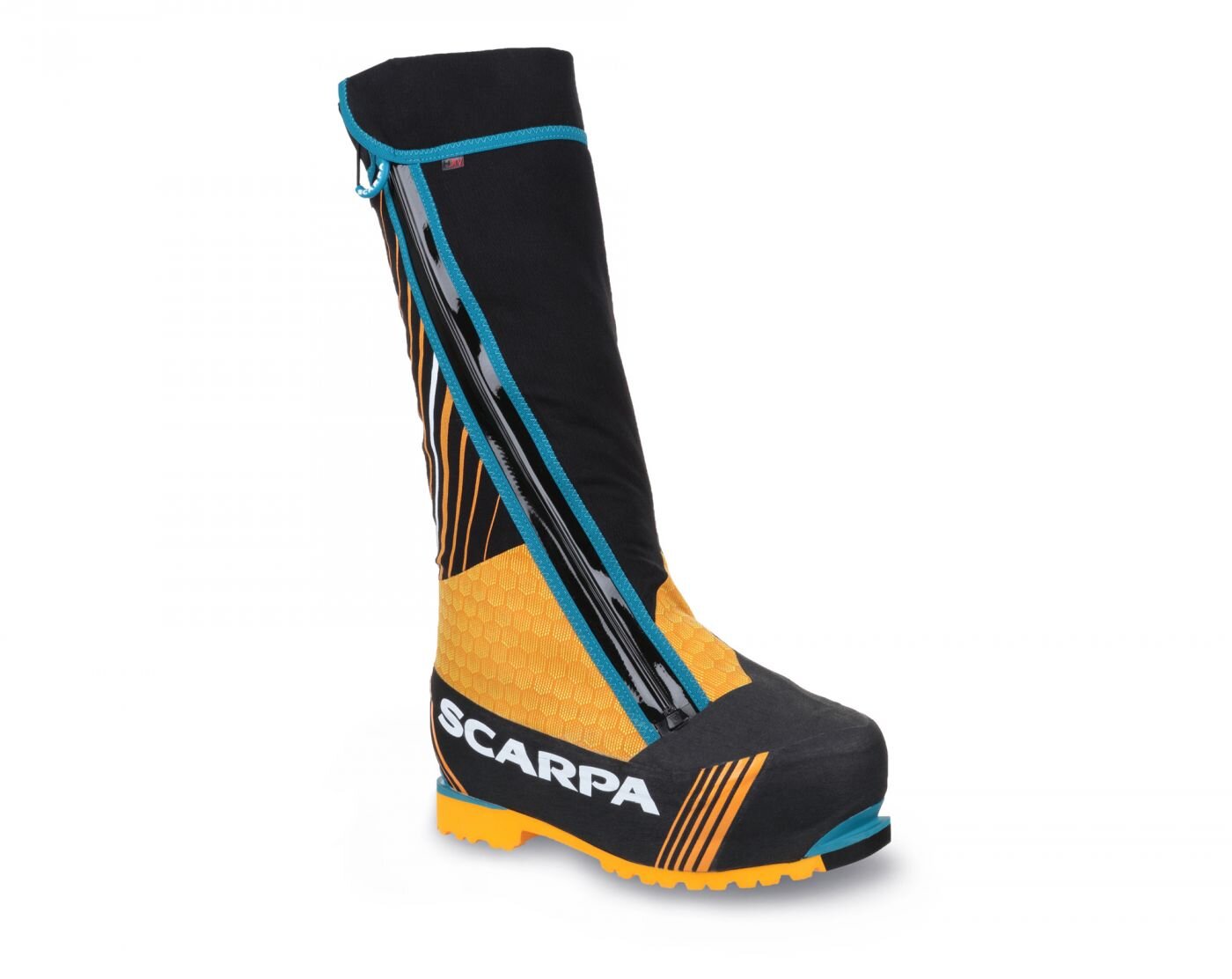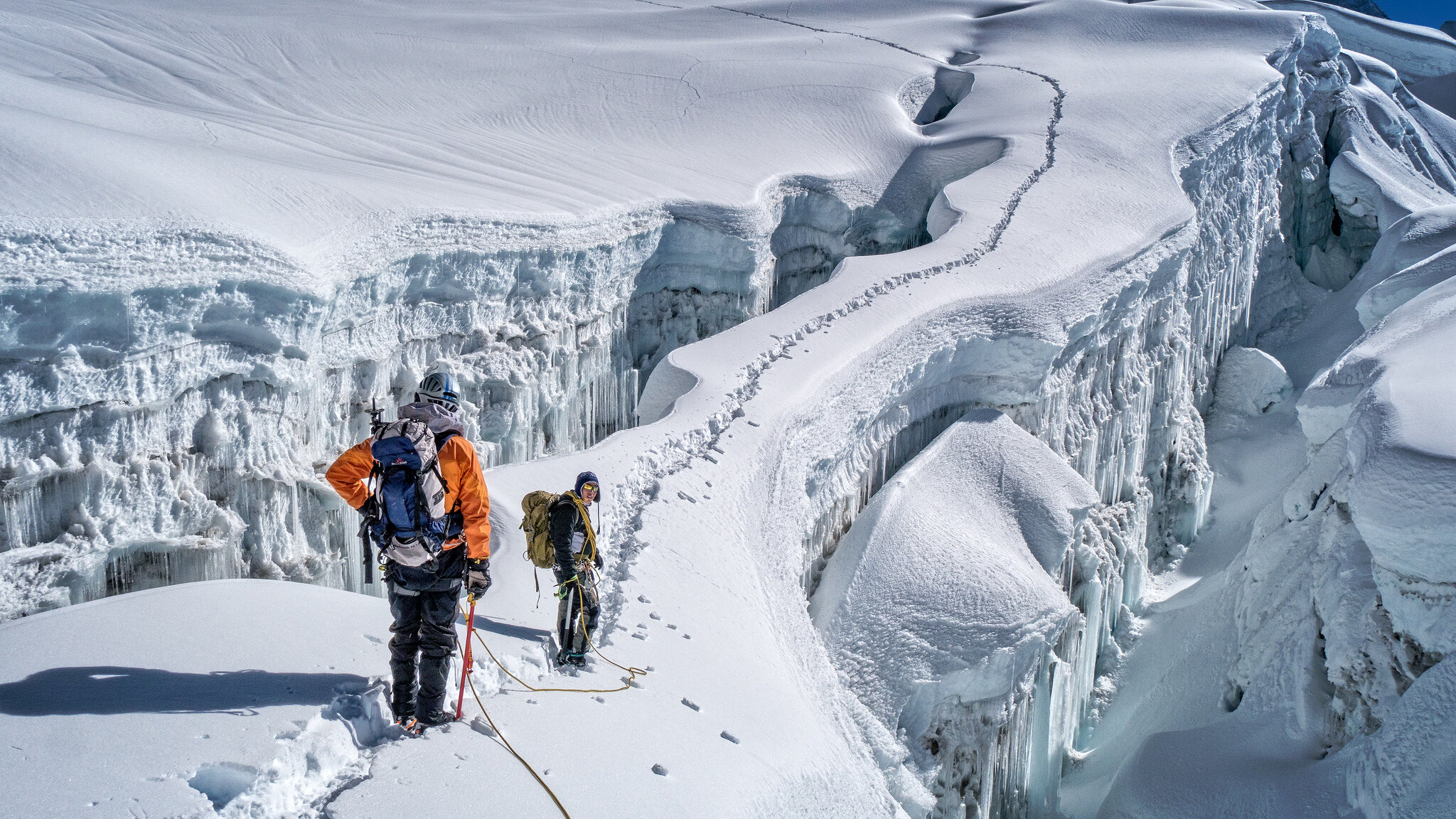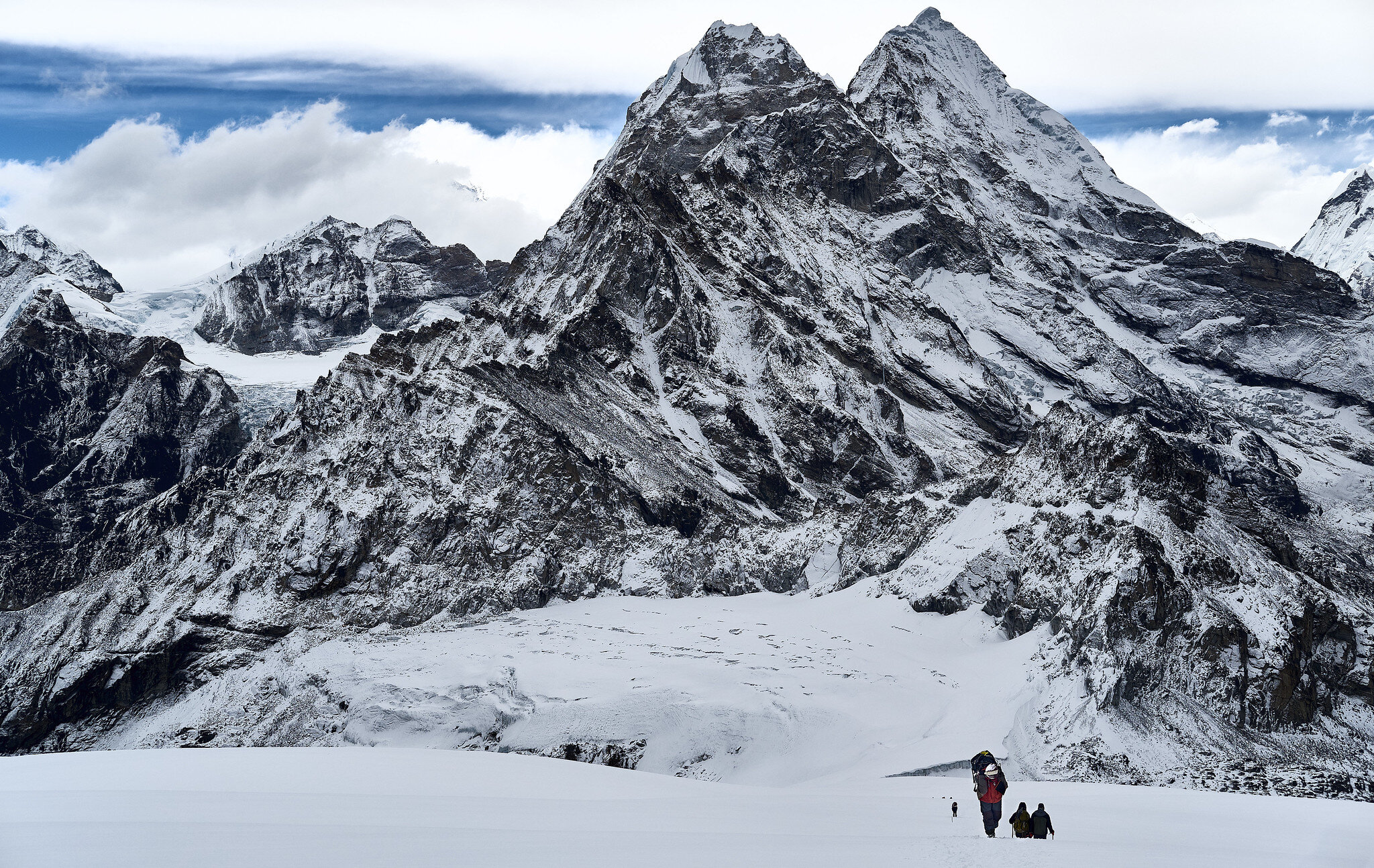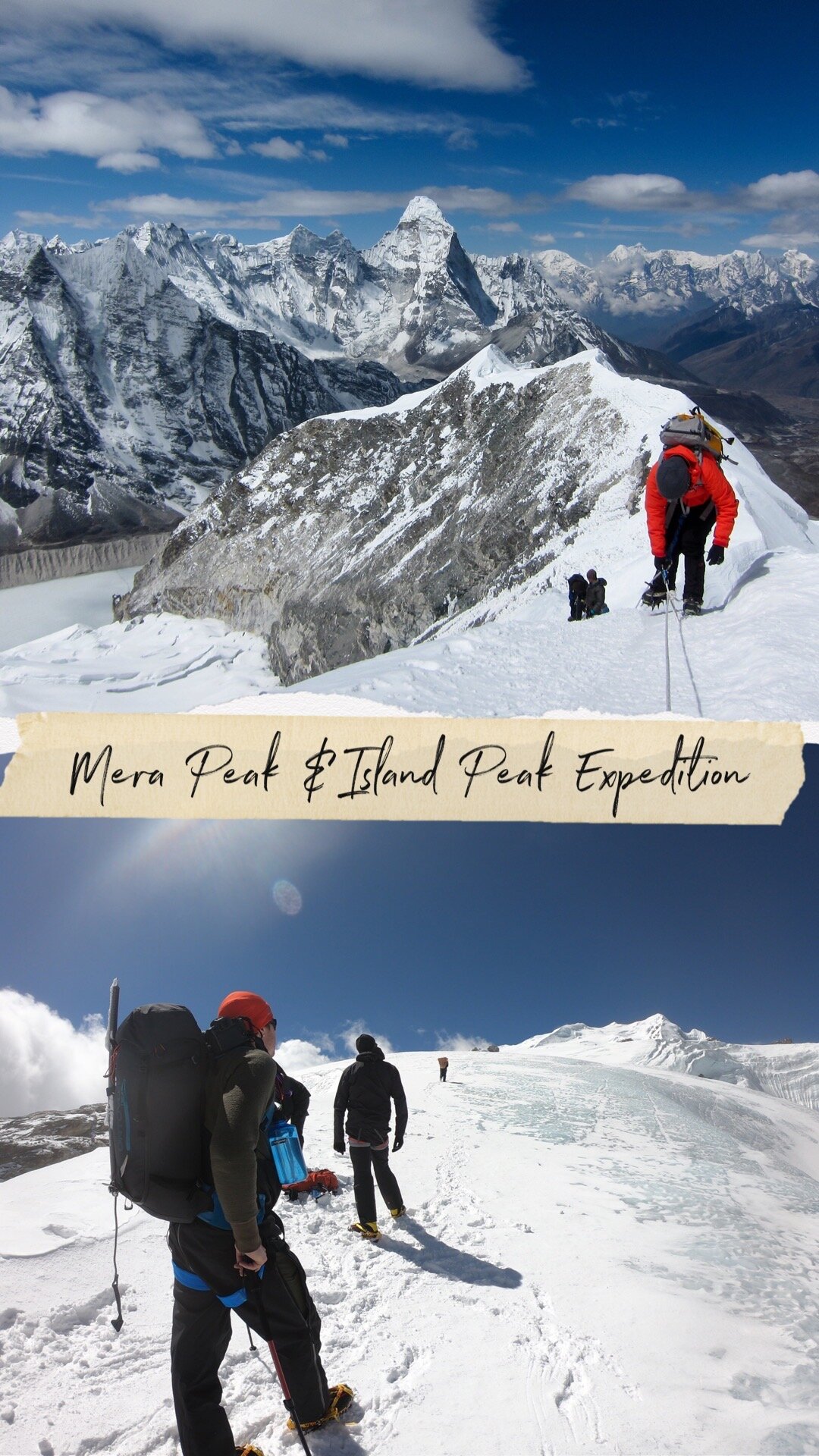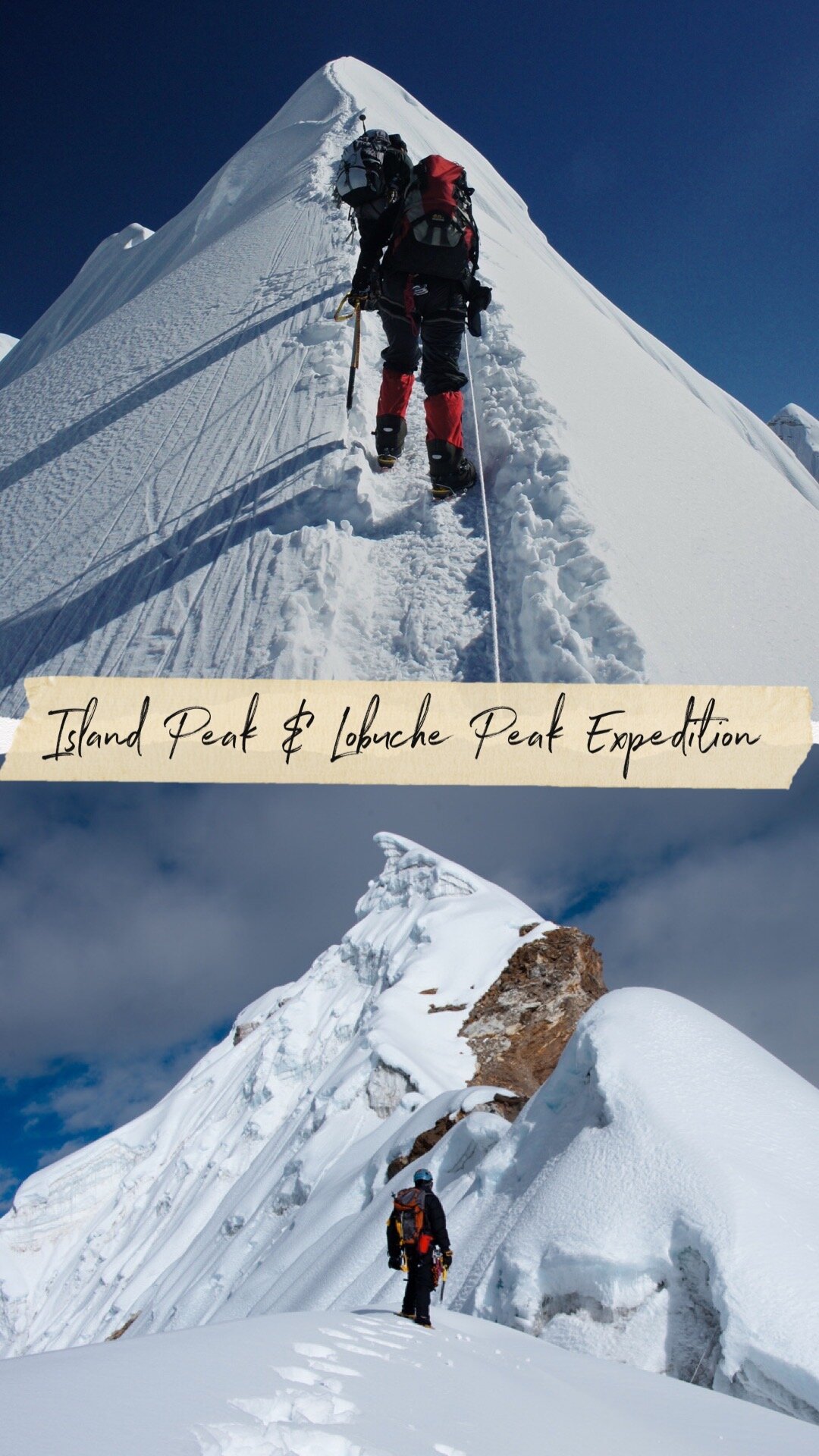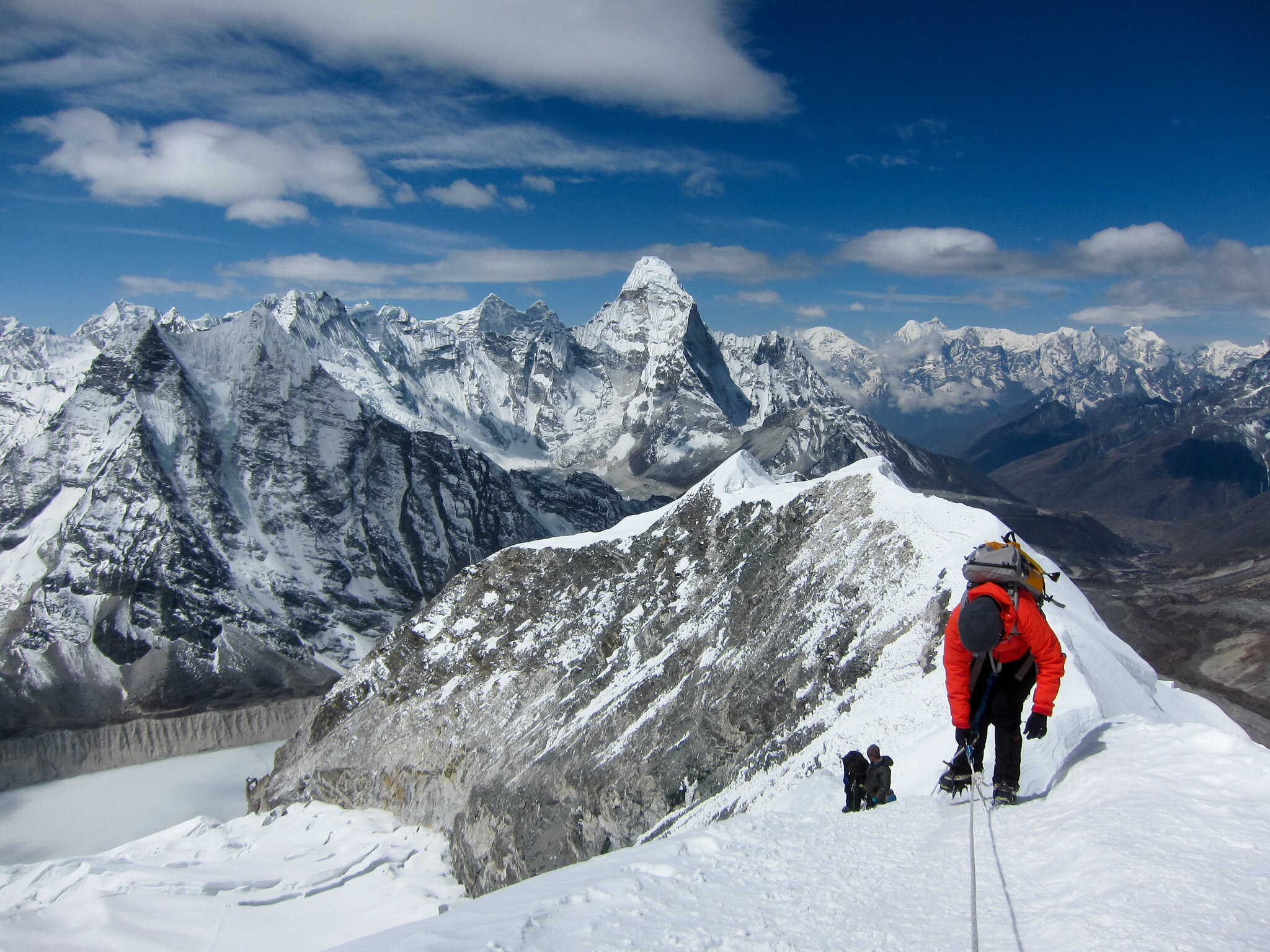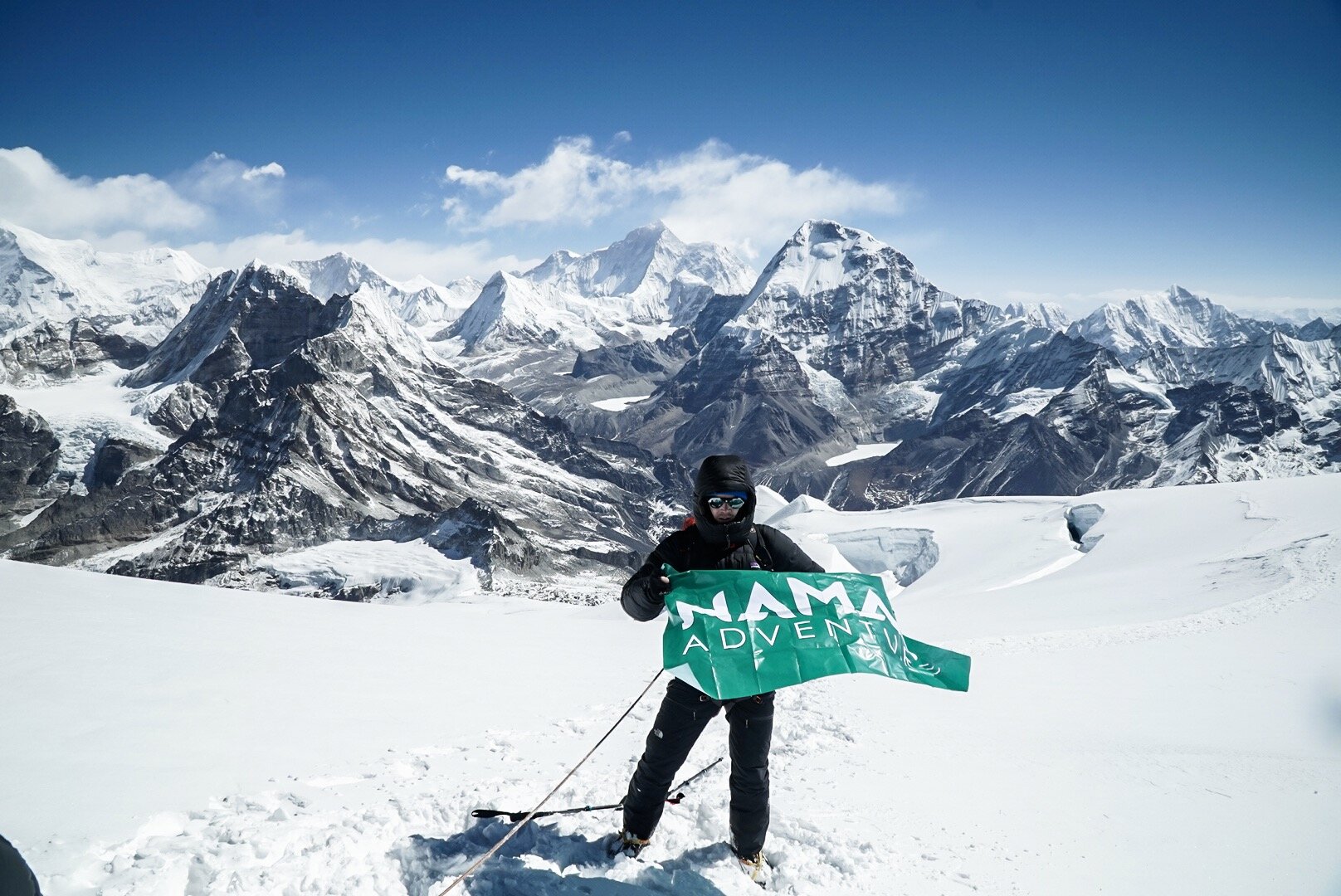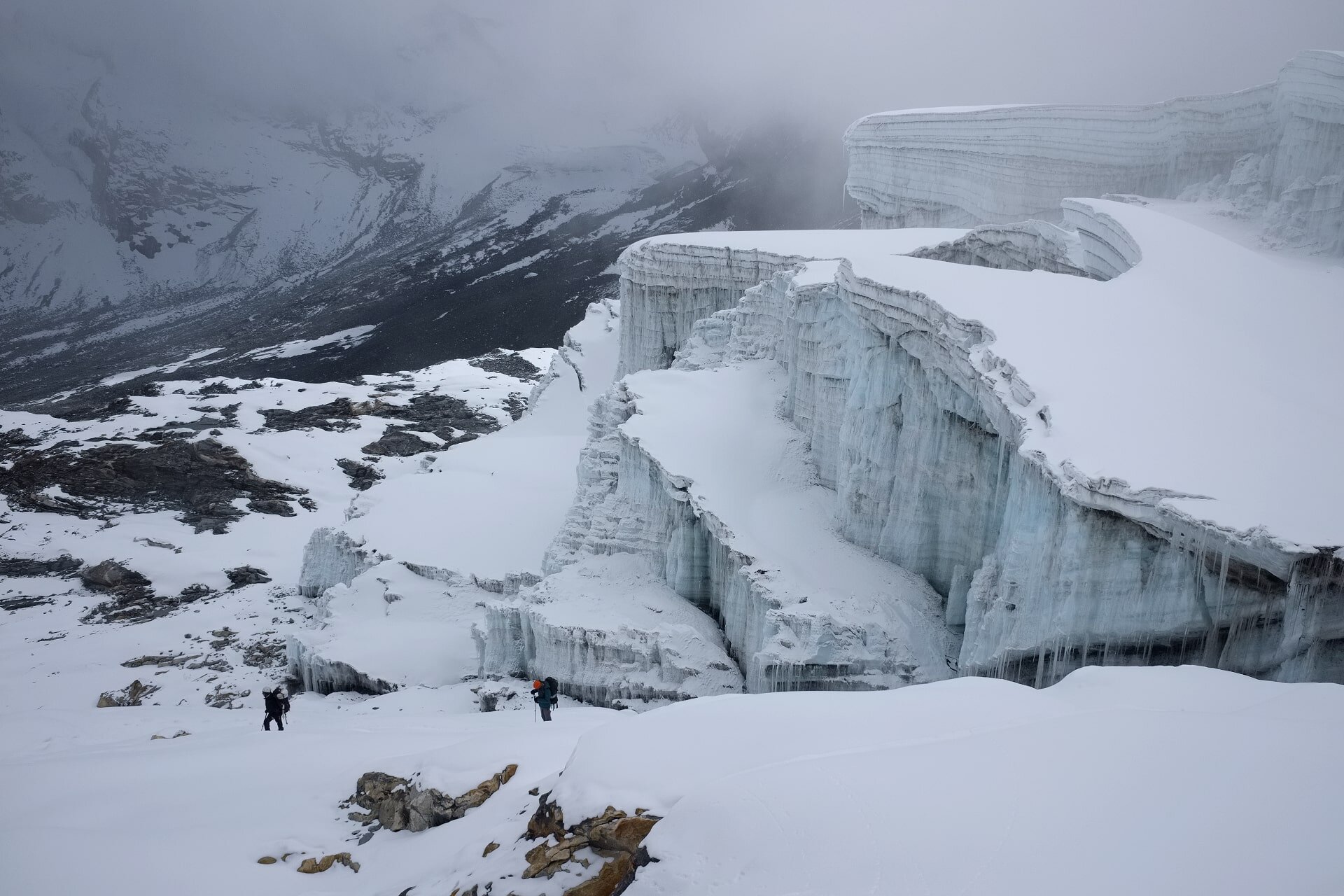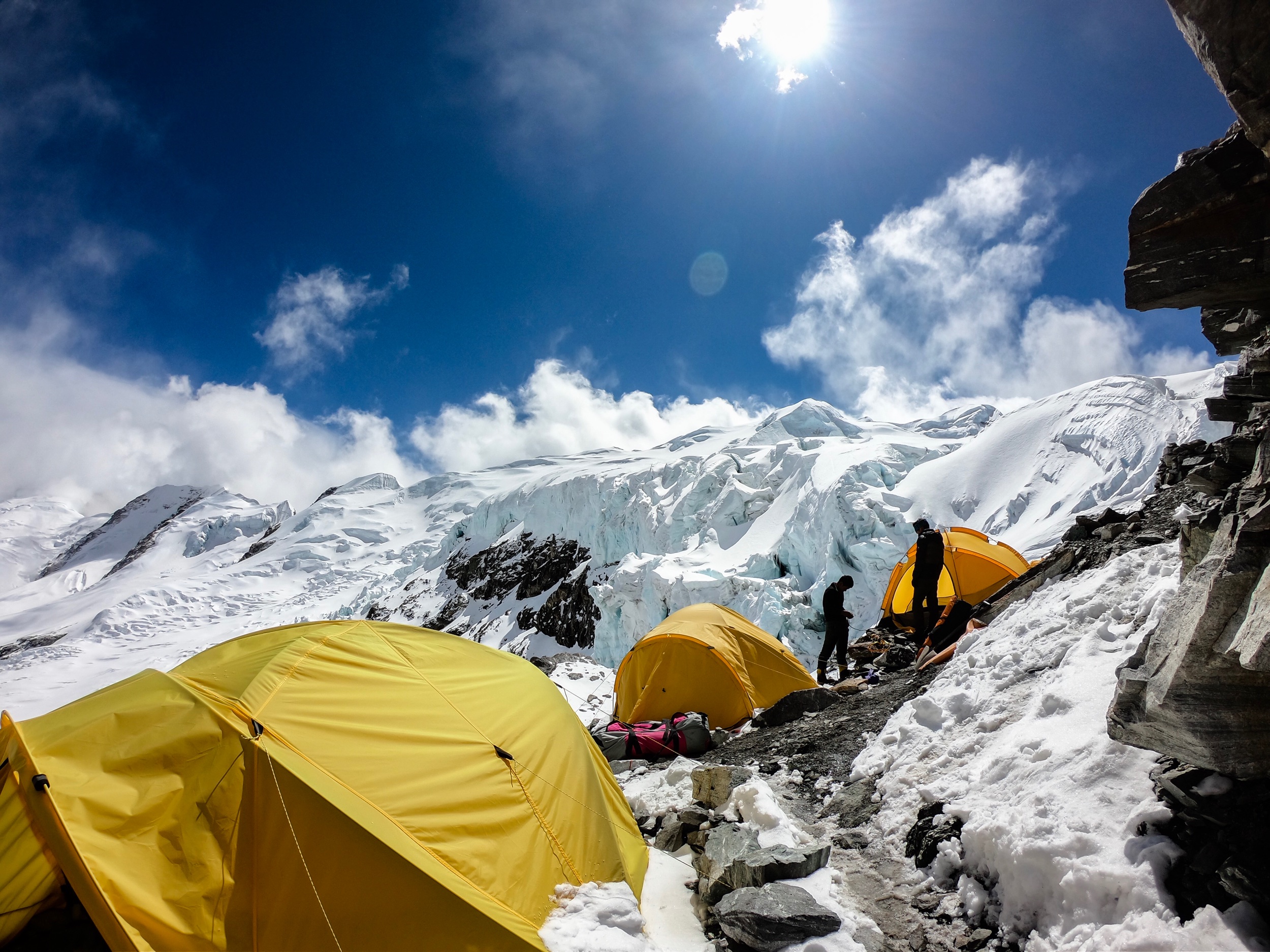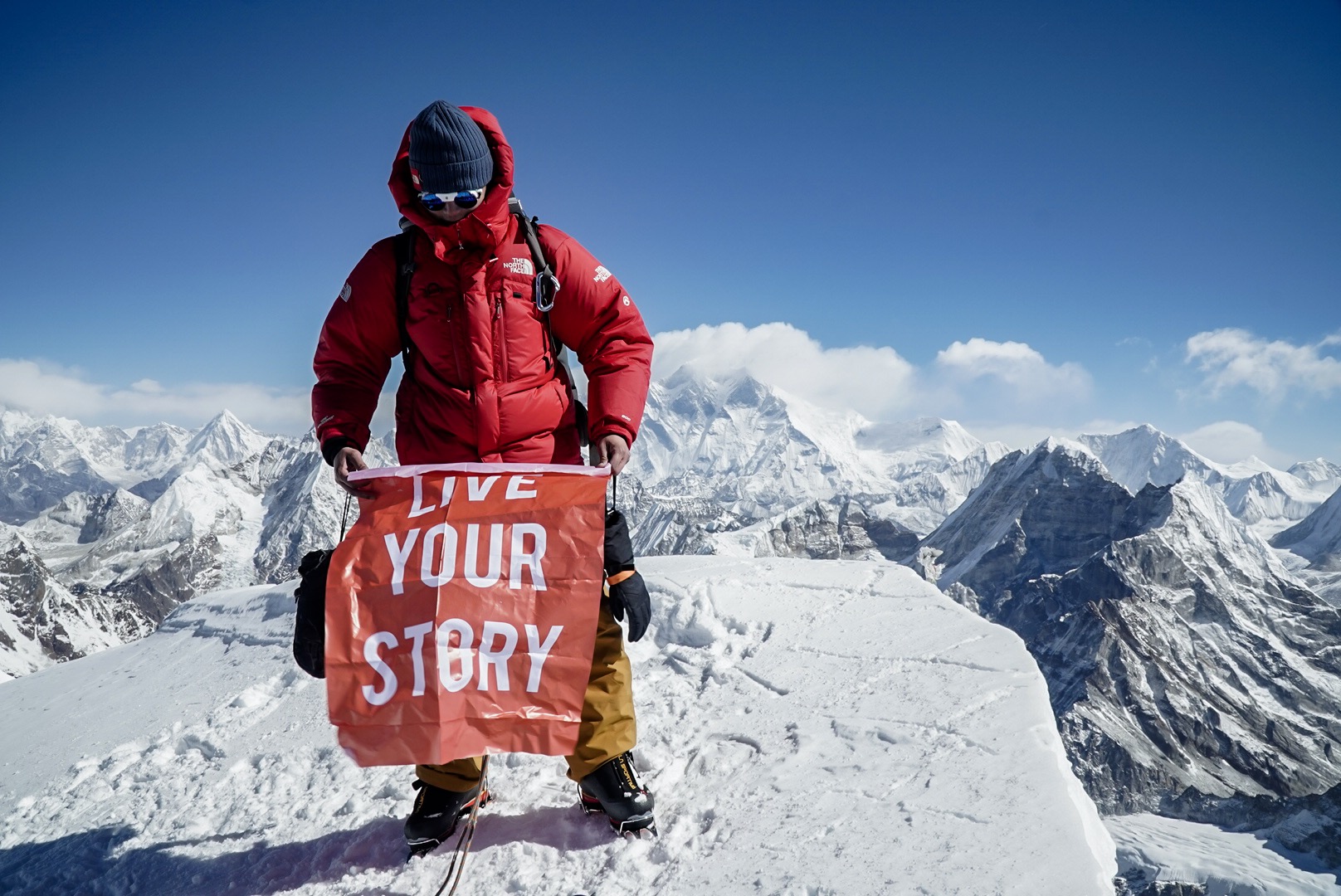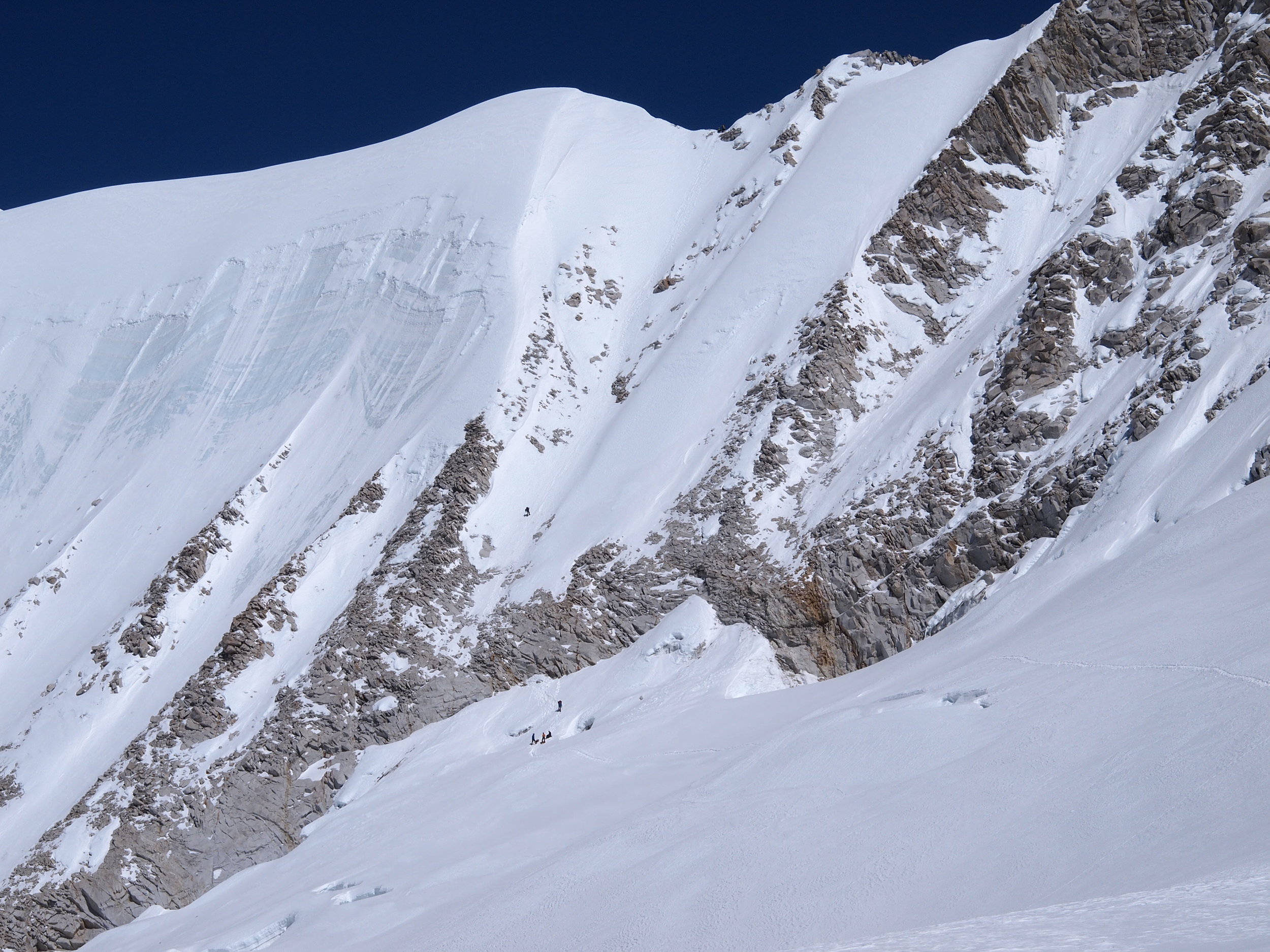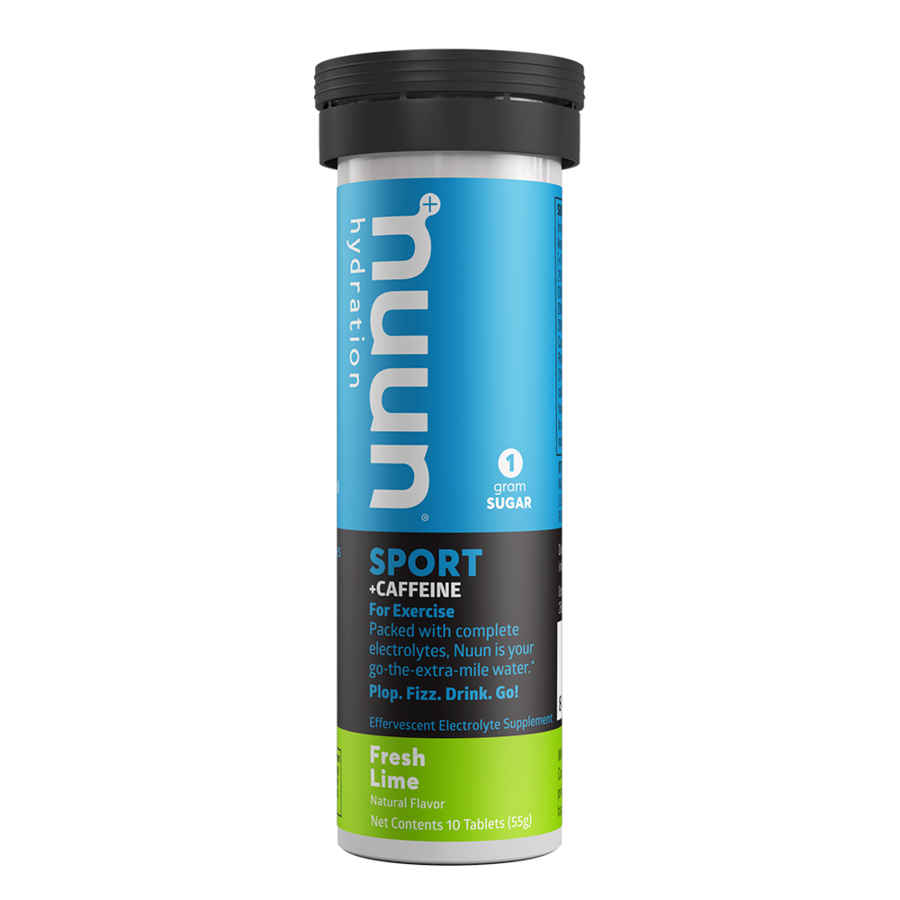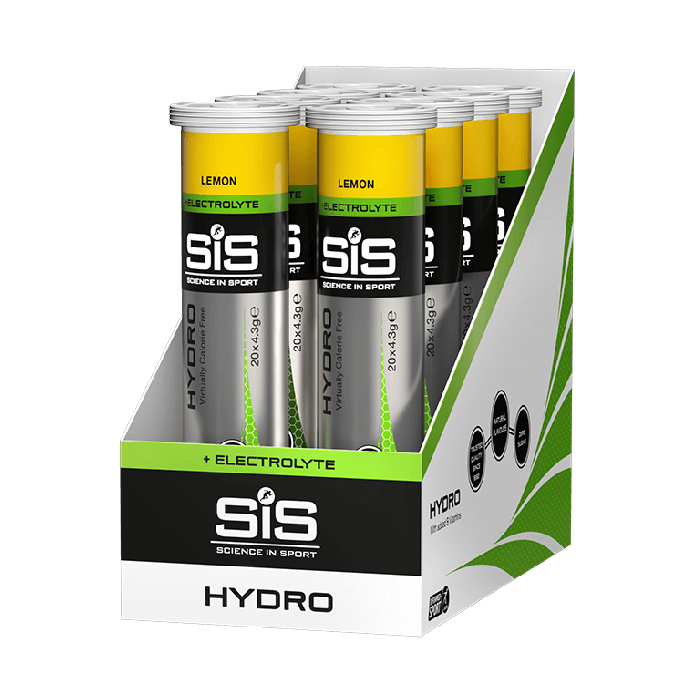Ascending to new heights: A beginner and intermediate's guide to climbing 6000-meter peaks in Nepal during the spring season
Climbing the giants of the Nepalese Himalayas is a dream for many adventurous souls. With elevations reaching up to 8,000 meters, these peaks are not only challenging but also require proper planning and preparation. However, climbing peaks of around 6,000 meters can also be a rewarding experience for beginners and intermediates alike, especially during the spring season in Nepal.
Spring, from March to May, is considered the best time to climb these peaks as the weather is great, and the snow is firm enough for climbing. The period also offers clear views and friendly trekkers along the trails.
In this guide, we will look at some of the best beginner and intermediate 6000-meter peaks to climb in Nepal during the spring season.
Island Peak (6,189 meters)
Also known as Imja Tse, Island peak is a popular climbing peak. It is considered one of the easiest 6000-meter peaks to climb, with a moderate level of technical difficulty. The peak is located in the Khumbu region and can be reached via the famous Everest Base Camp trek.
The climb is relatively straightforward, and the summit provides a panoramic view of the surrounding peaks such as Lhotse Sharr and Ama Dablam.
Mera Peak (6,476 meters)
Mera Peak is the highest trekking peak in Nepal, located in the Makalu region. The peak is a perfect choice for beginner-level climbers who want to experience the thrill of climbing in a remote area. The climb is challenging, with steep sections of ice and snow, but the summit provides a breathtaking view of the surrounding peaks, including Mount Everest, Lhotse, and Makalu.
Lobuche East (6,119 meters)
Lobuche East is a popular peak located in the Khumbu region. It is considered a moderate climb with a relatively straightforward route. The peak offers a breathtaking view of the surrounding peaks, including Mount Everest, Lhotse, and Nuptse. The peak can be reached via the Gokyo and Everest Base Camp trek
How about combining and making your expeditions even more challenging? Explore our combo itineraries
Lobuche East and Island Peak Expedition
Khumbu Three Peak Expedition challenge (Mera, Island, and Lobuche East)
Chulu West Peak (6,419 meters)
Chulu West peak is an exhilarating 6000-meter-plus climbing peak in the mid-western part of Nepal. This peak is less frequently visited and attracts fewer climbers. Climbers embark on their peak climbing adventure by setting out to Chulu base camp from Ledar village, passing through one of the world's most beautiful trekking routes. The peak sits against the stunning backdrop of the Annapurna massif range, with the Himlung Himal to the northeast and the majestic Manaslu peak in the distance.
Chulu Far East (6,019 meters)
Chulu Far East peak is a high-altitude trekking peak in the Annapurna circuit region. A non-technical and straightforward climb, making it accessible to those without previous technical climbing experience. However, the steep terrain and scree slopes encountered during the approach can make the climb more challenging. It is very similar to Mera Peak expedition.
The Chulu Far East Peak climb itinerary offers climbers the opportunity to witness the stunning natural beauty of the Annapurna region. The summit provides panoramic views of Annapurna II, III & IV, Gangapurna, Manaslu 8163M, Pisang Peak, Chulu West Peak, and Dhaulagiri, as well as the plains of Tibet to the north. You can also further extend your trip to visit the emerald Tilicho lake 4900M and cross the Thorong-la-pass to enter into the forbidden Kingdom of Upper Mustang.
Yala Peak (5732 meters)
Yala Peak, standing at 5732 meters, is a part of the Langtang Lirun Himal range and is situated in close proximity to the Tibetan border. The peak offers a non-technical climb, making it an ideal terrain for novice climbers to gain experience and explore the world of mountaineering.
The base camp for the expedition is located at an altitude of 4500 meters and offers spectacular views of nearby peaks such as Langtang Lirung, Lenpo Gang, Dorje Lakpa, and the majestic Sishapangma on the Tibetan side.
In conclusion, climbing 6000-meter peaks in Nepal during the spring season is a fantastic way to experience the thrill of climbing in the Himalayas. The peaks we listed above offer a challenging yet manageable climb for beginners and intermediates alike, with breathtaking views of the surrounding landscapes and mountain peaks. It is important to take note that climbing any peak in the Himalayas should not be taken lightly and having a knowledgeable guide and proper gear is crucial. Always make sure to acclimatize properly, have fun, pay attention to the guide’s instructions, and have an amazing experience of climbing in the Himalayas.
Are you interested in visiting Nepal during the spring season and climbing your first 6000-meter peak in the Himalayas? Our friendly and experienced team is here to help make that dream a reality. Who knows, after your first climb, you may be inspired to tackle even more challenging peaks like Everest. Let's make it happen together!
“Do or Do not, there is no try” - YODA
Namas Adventure Team



